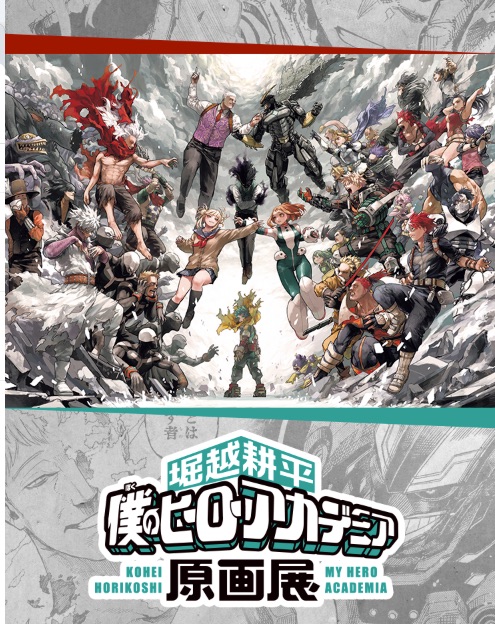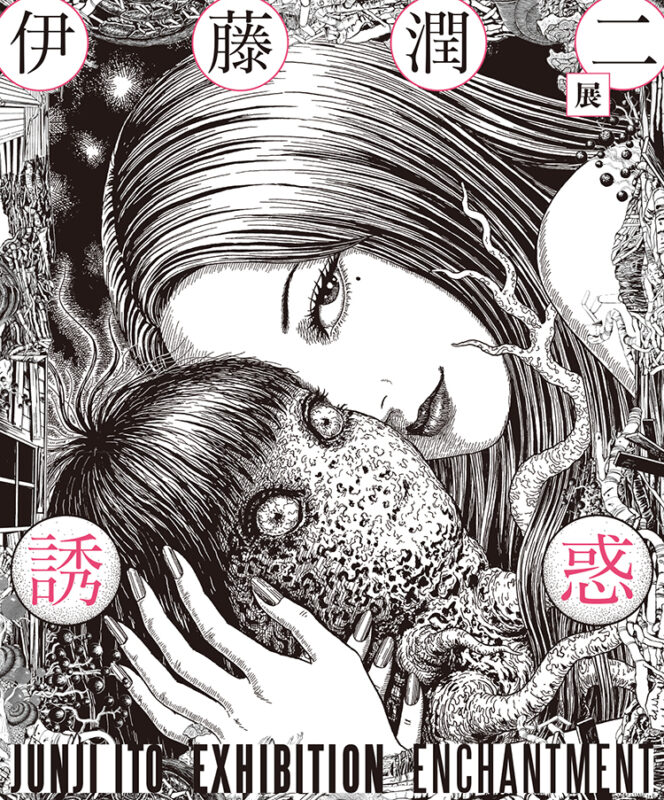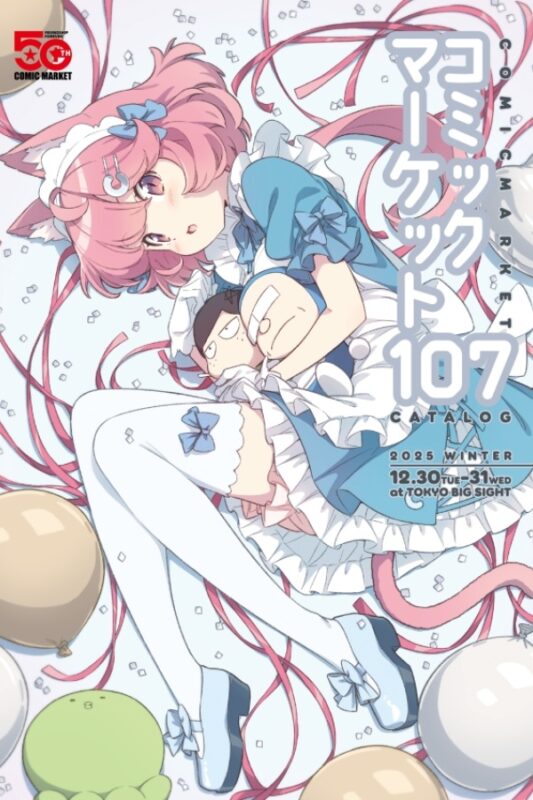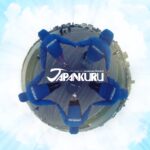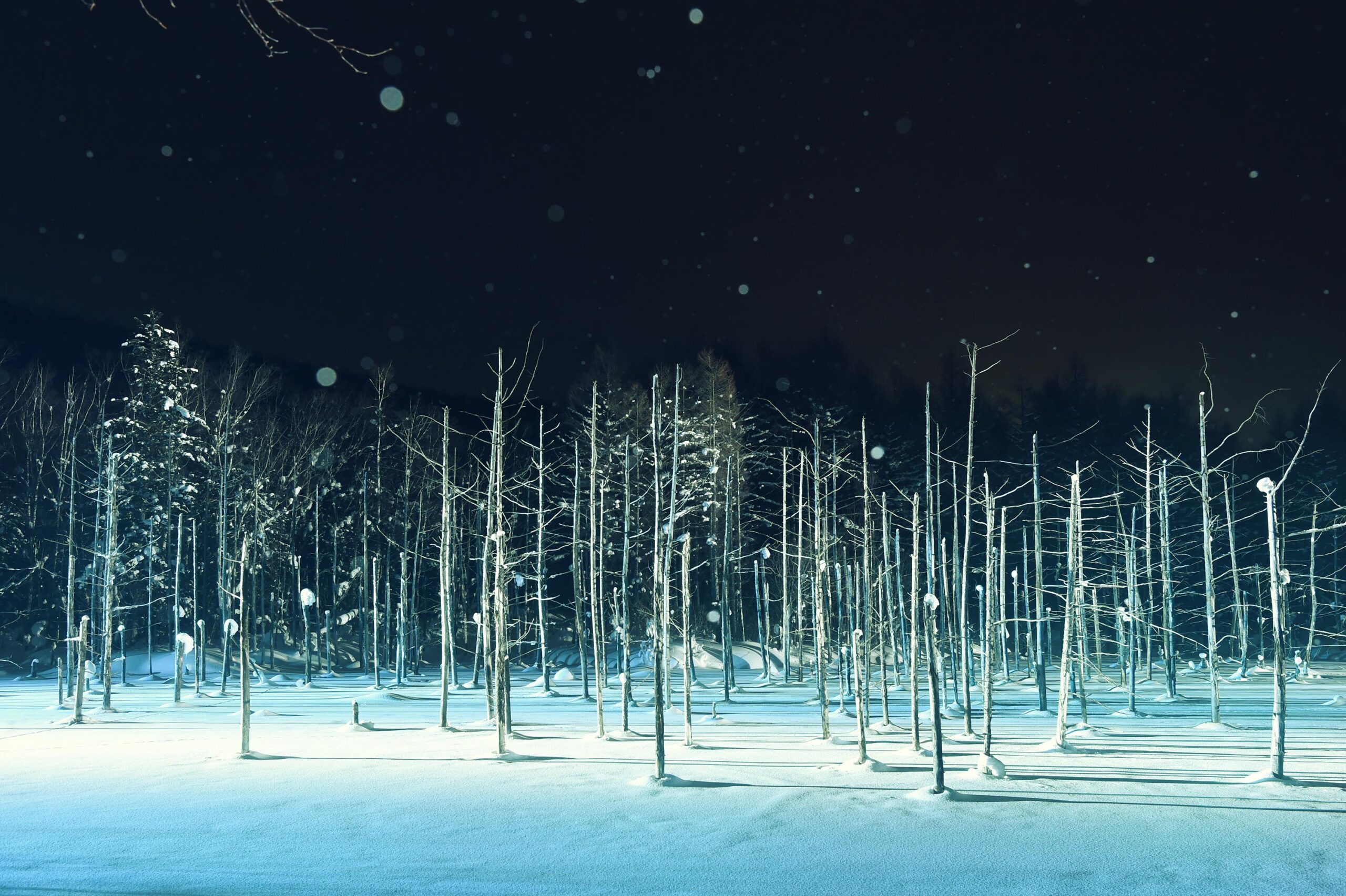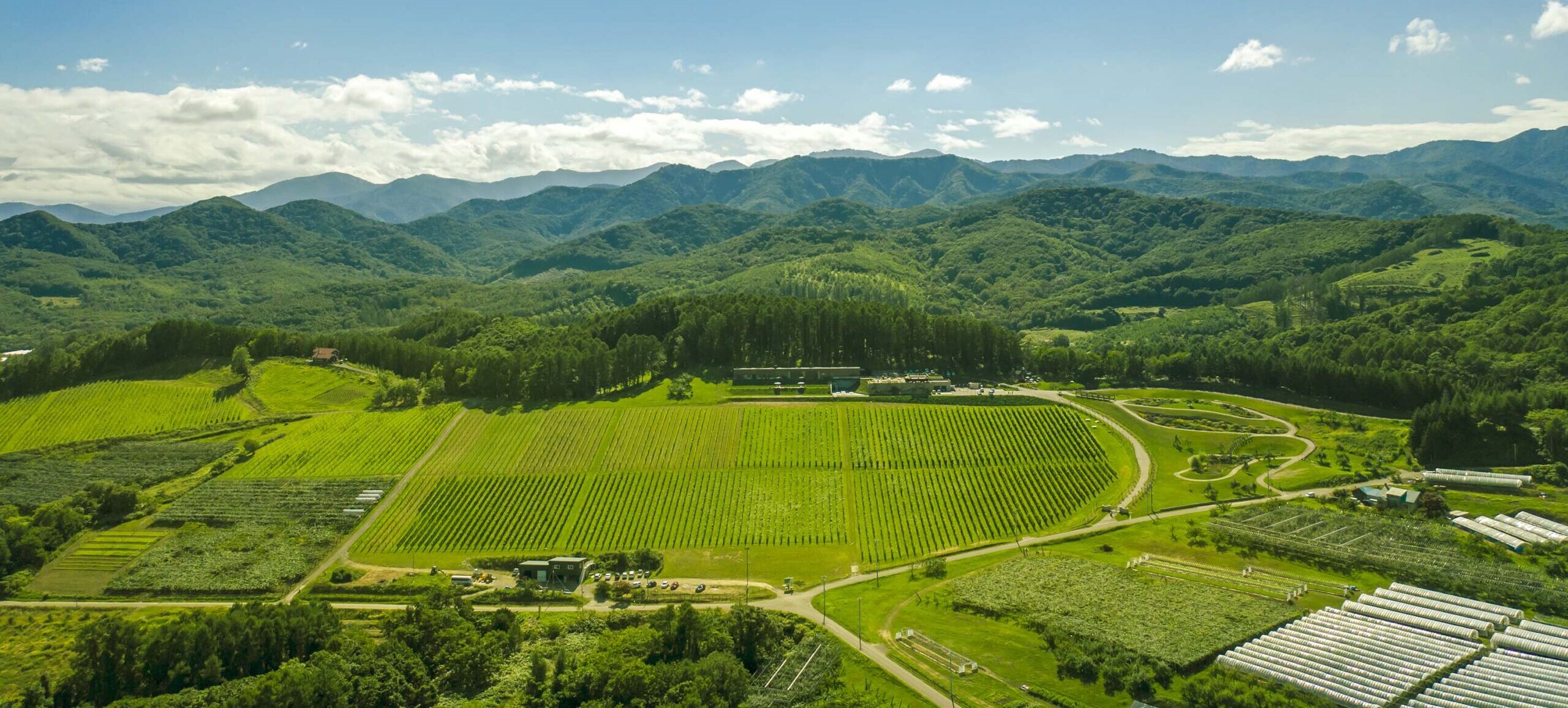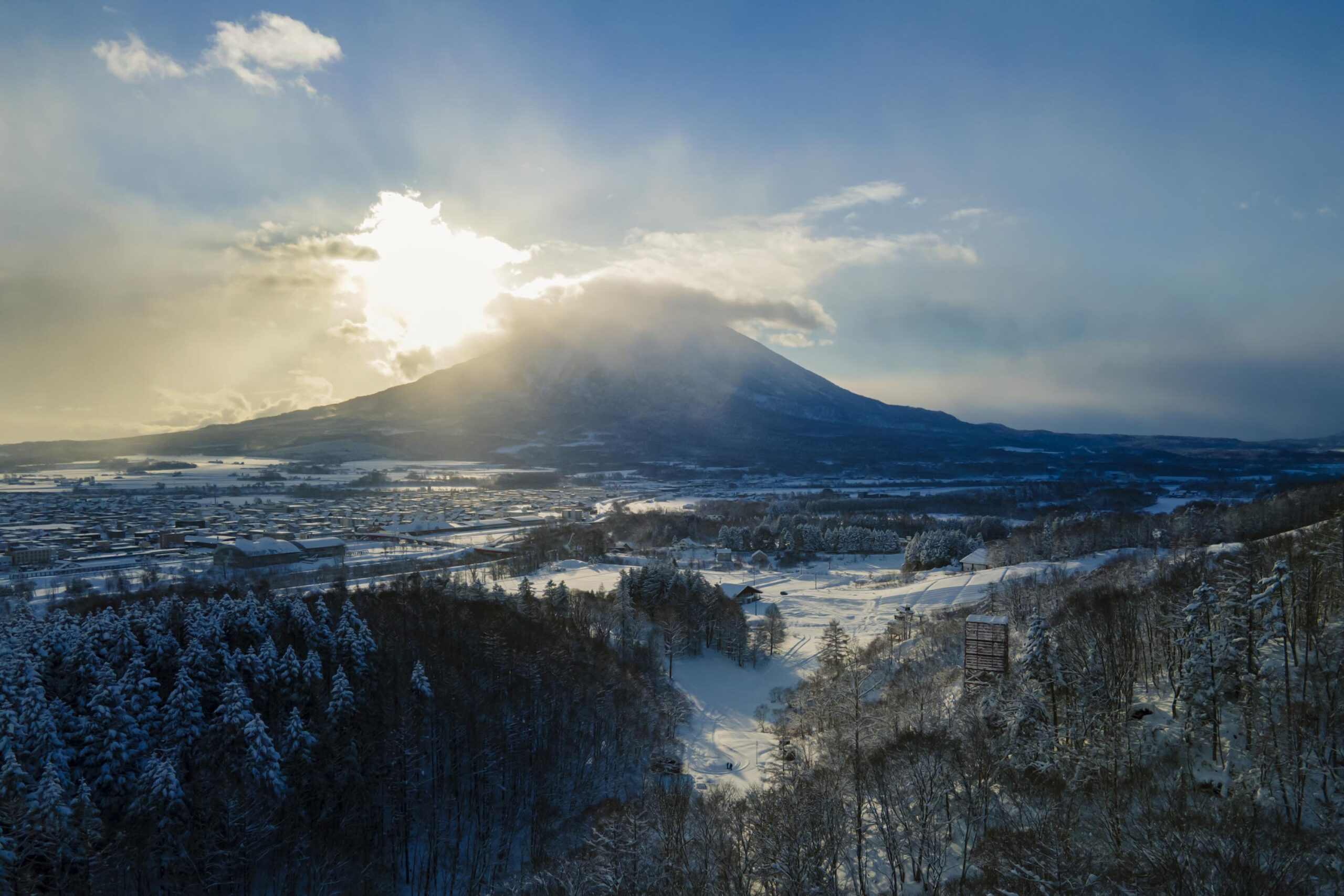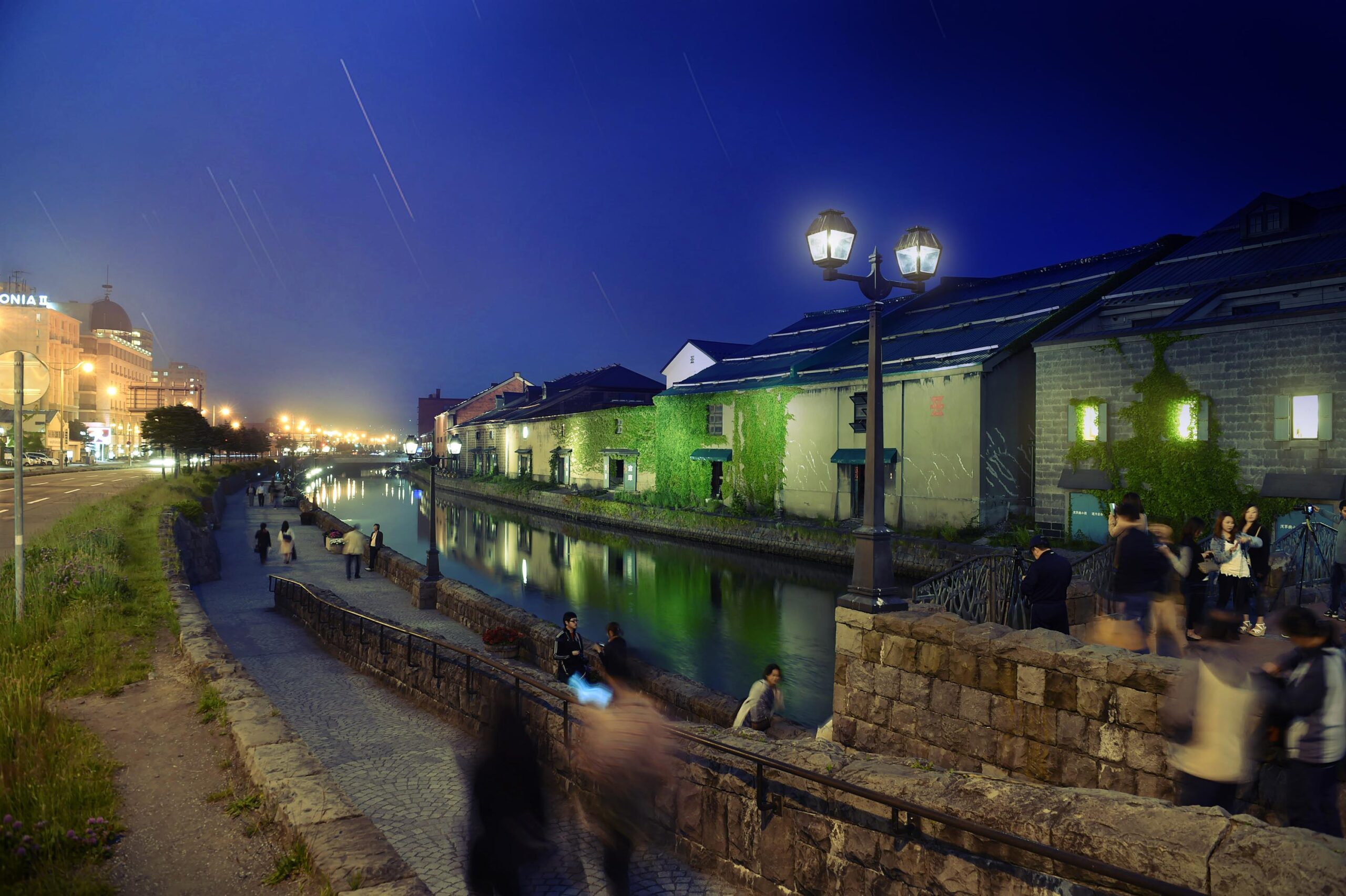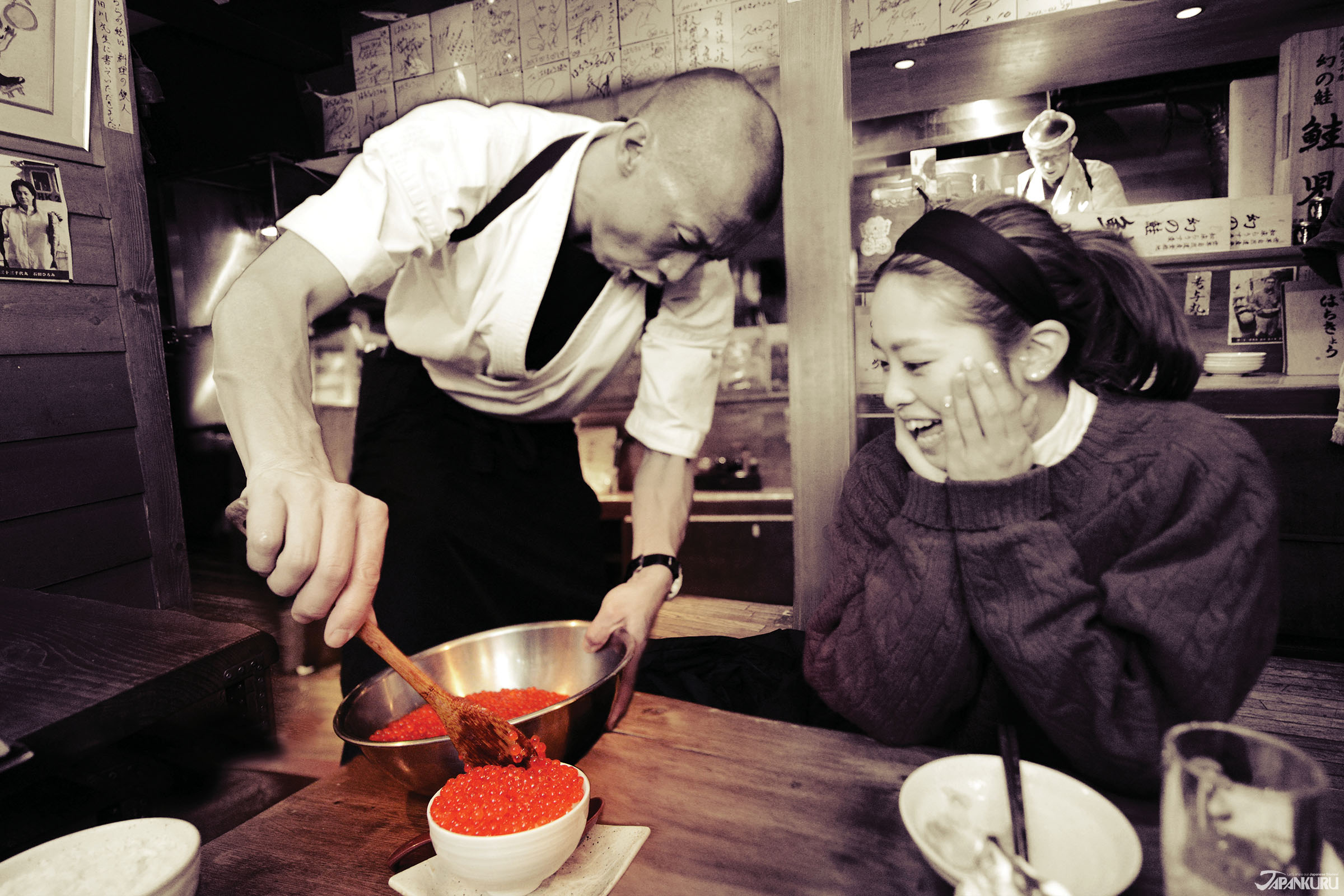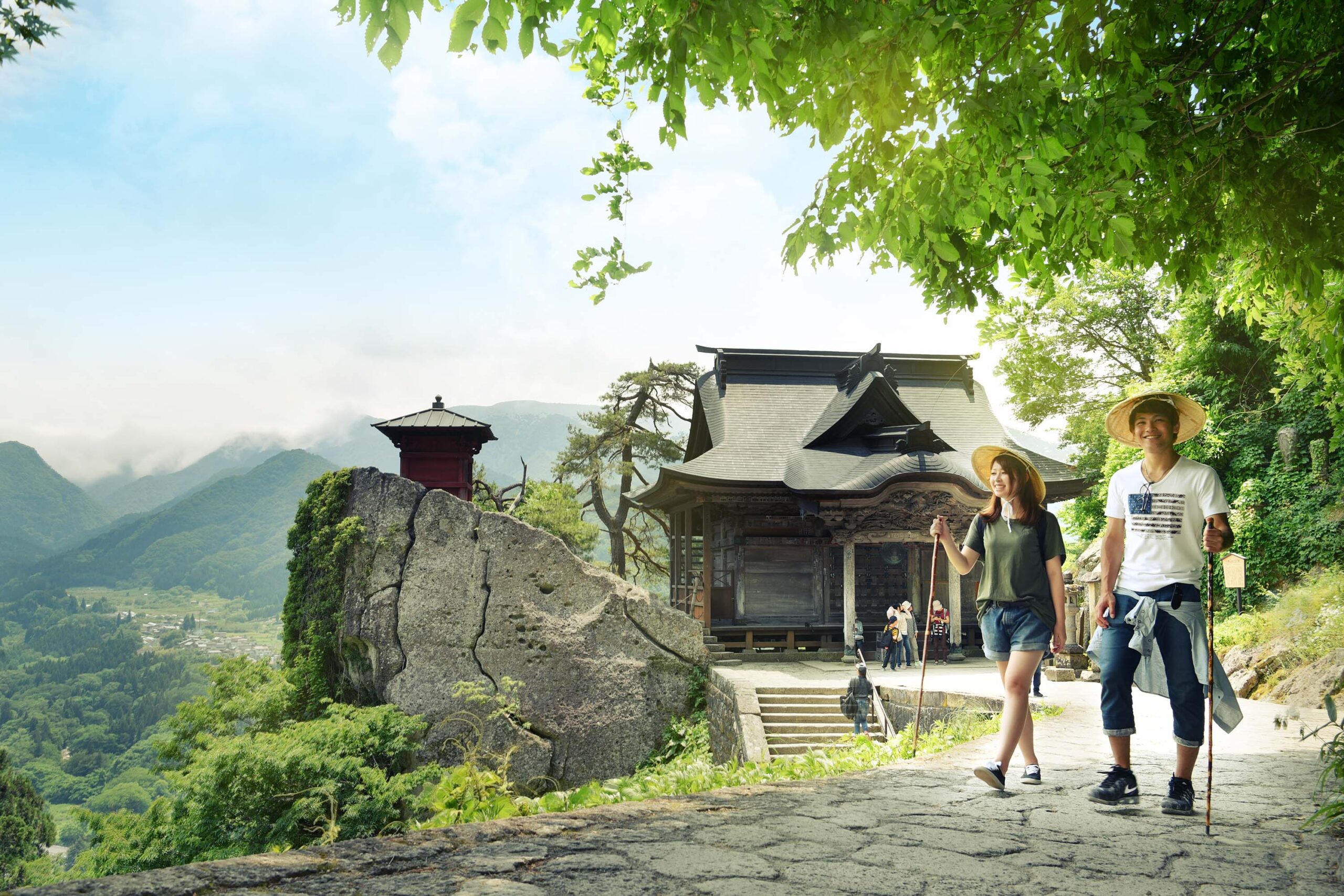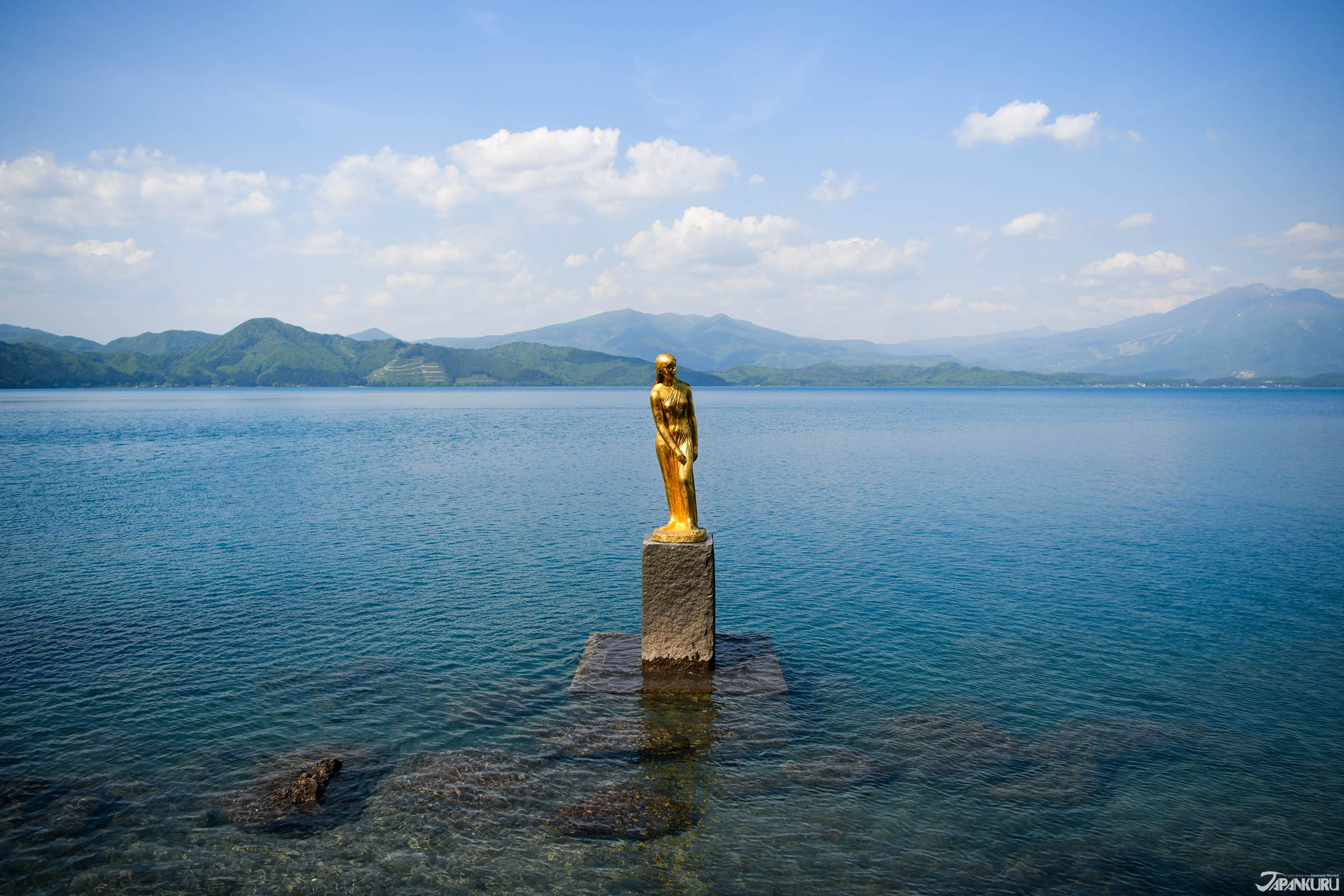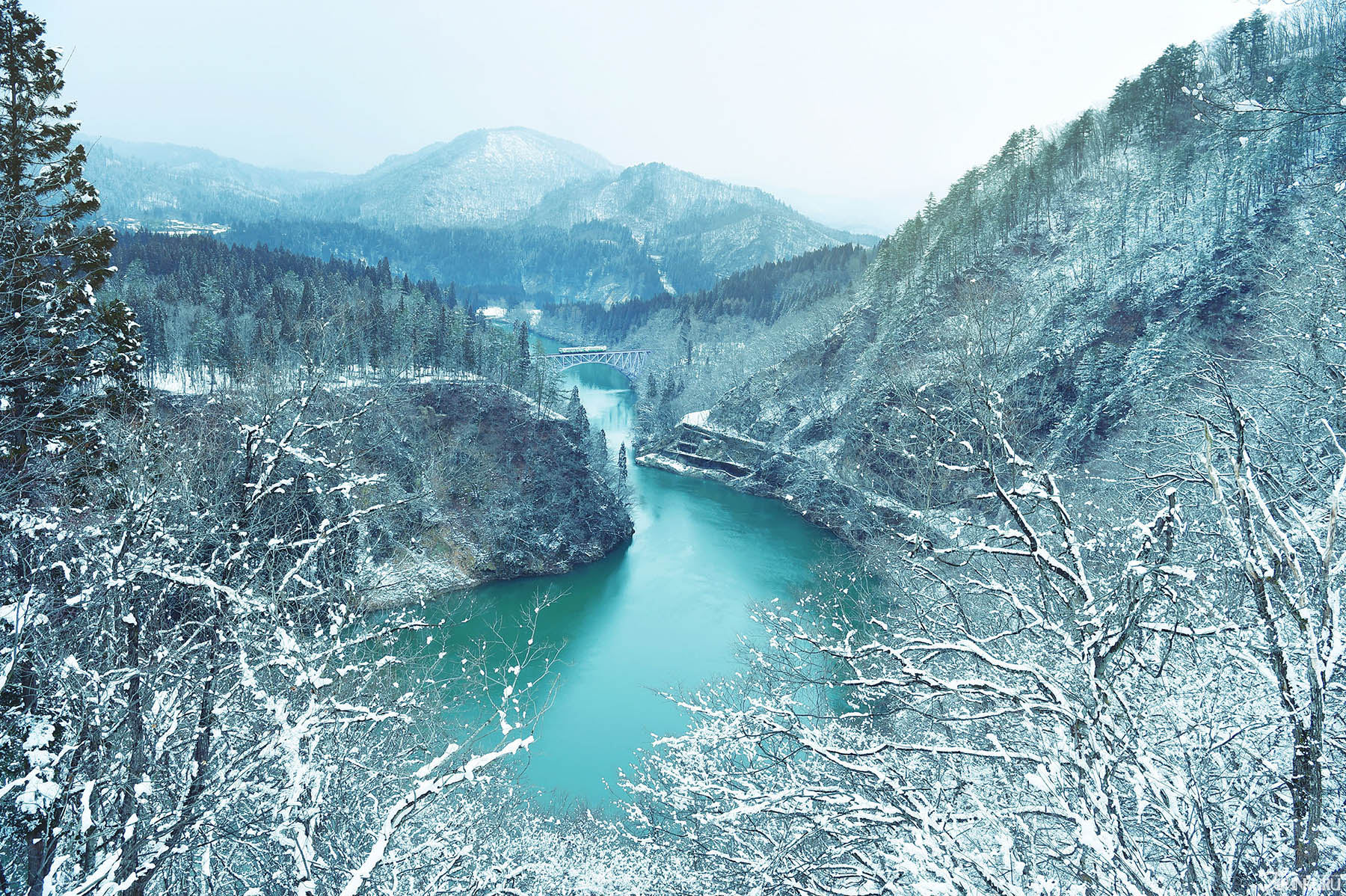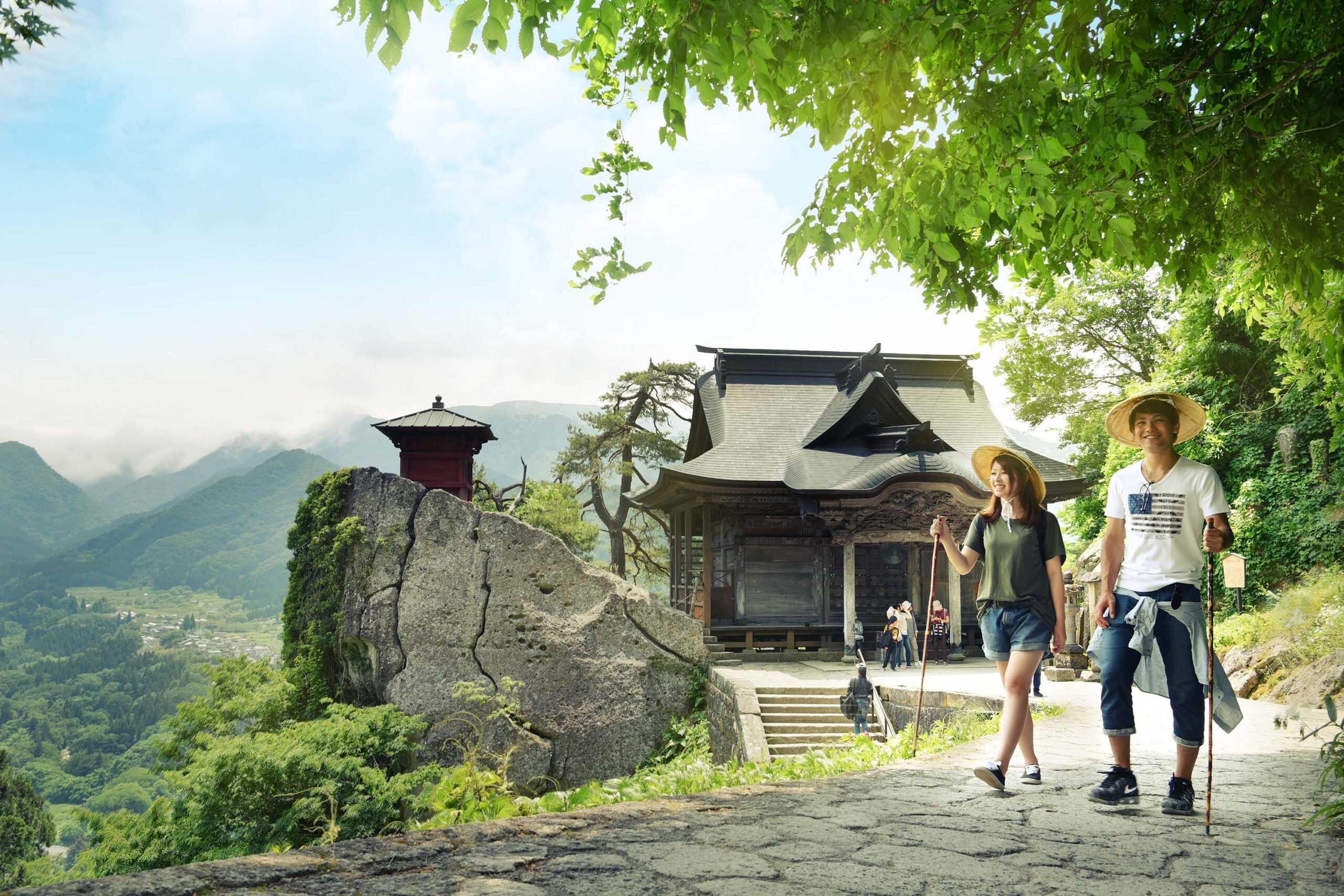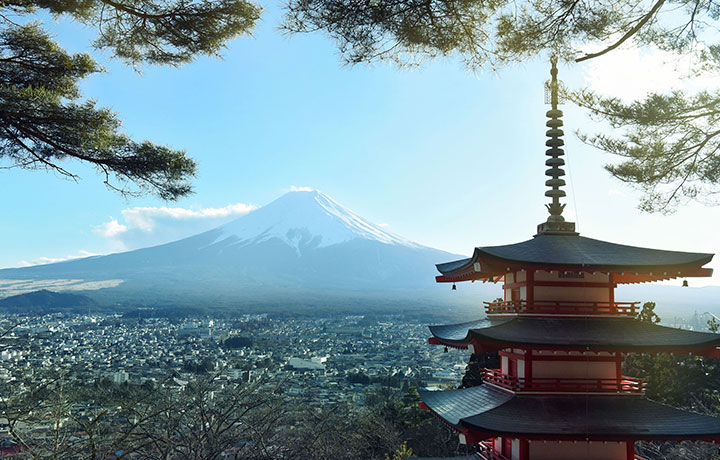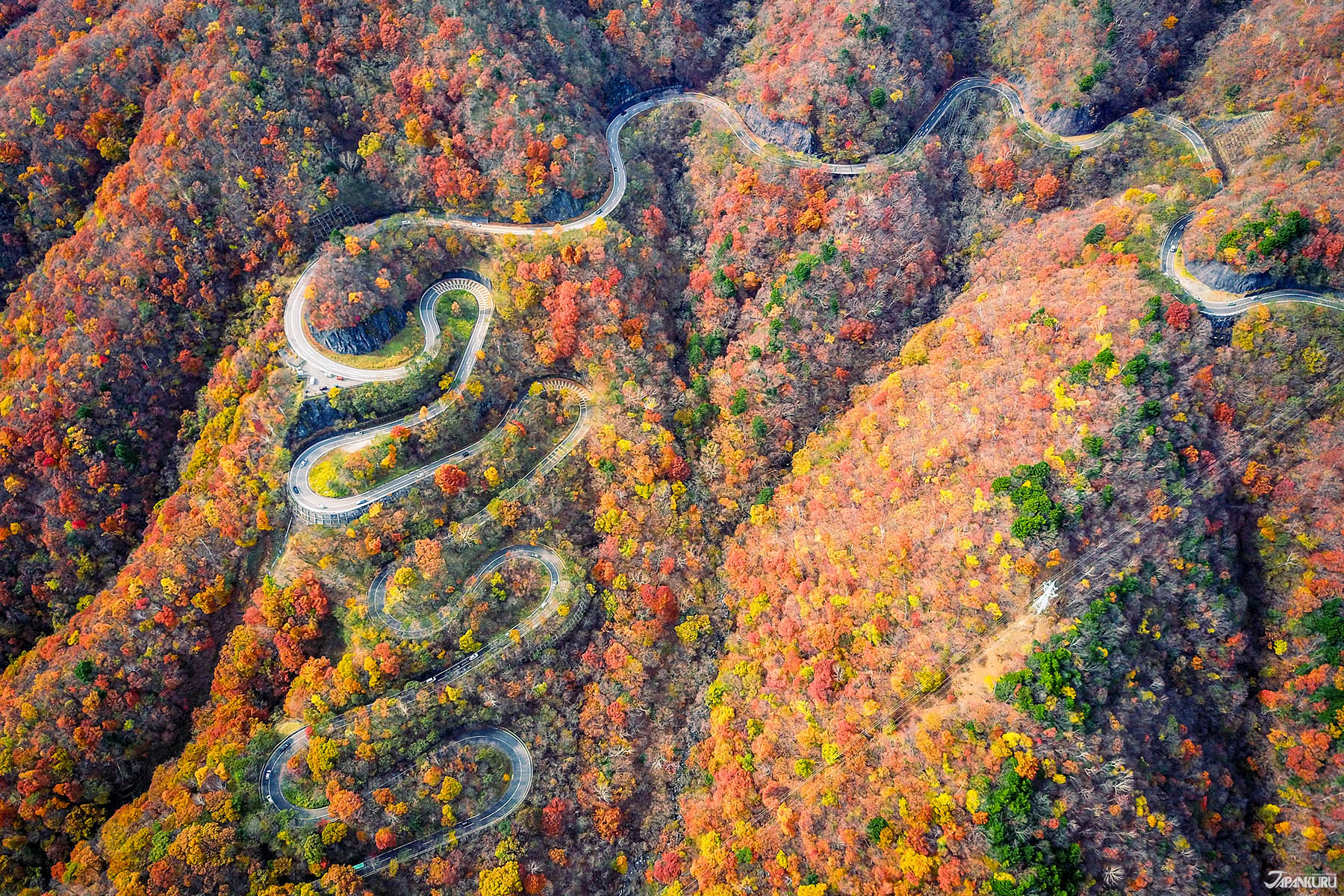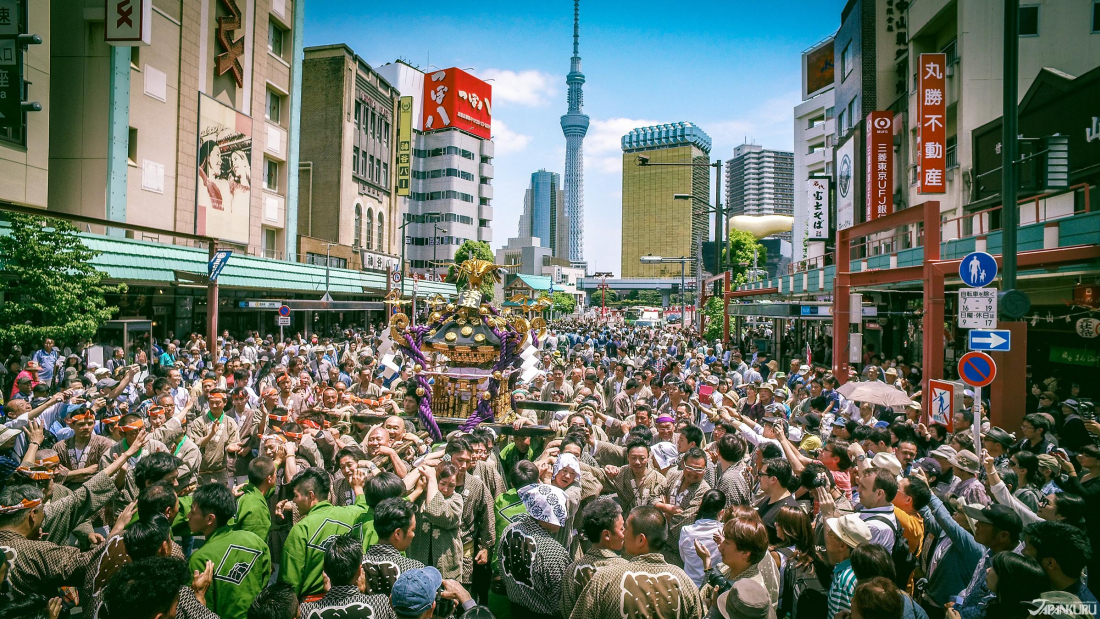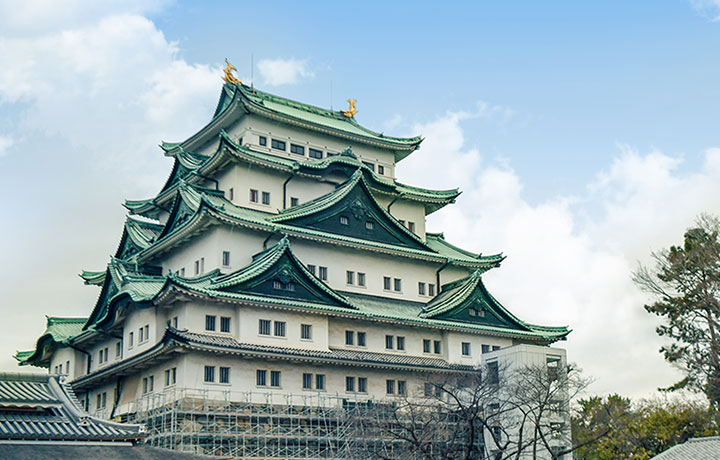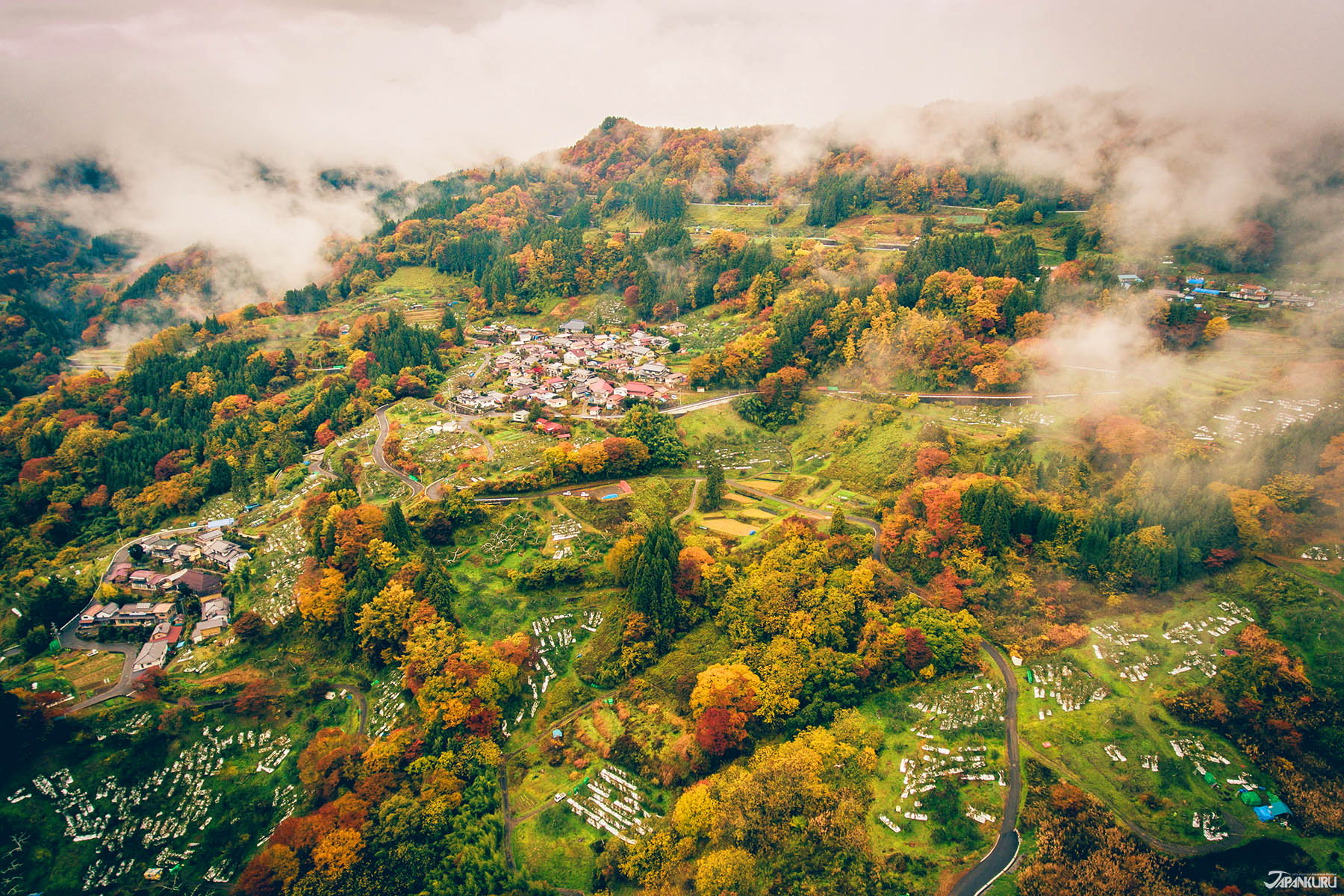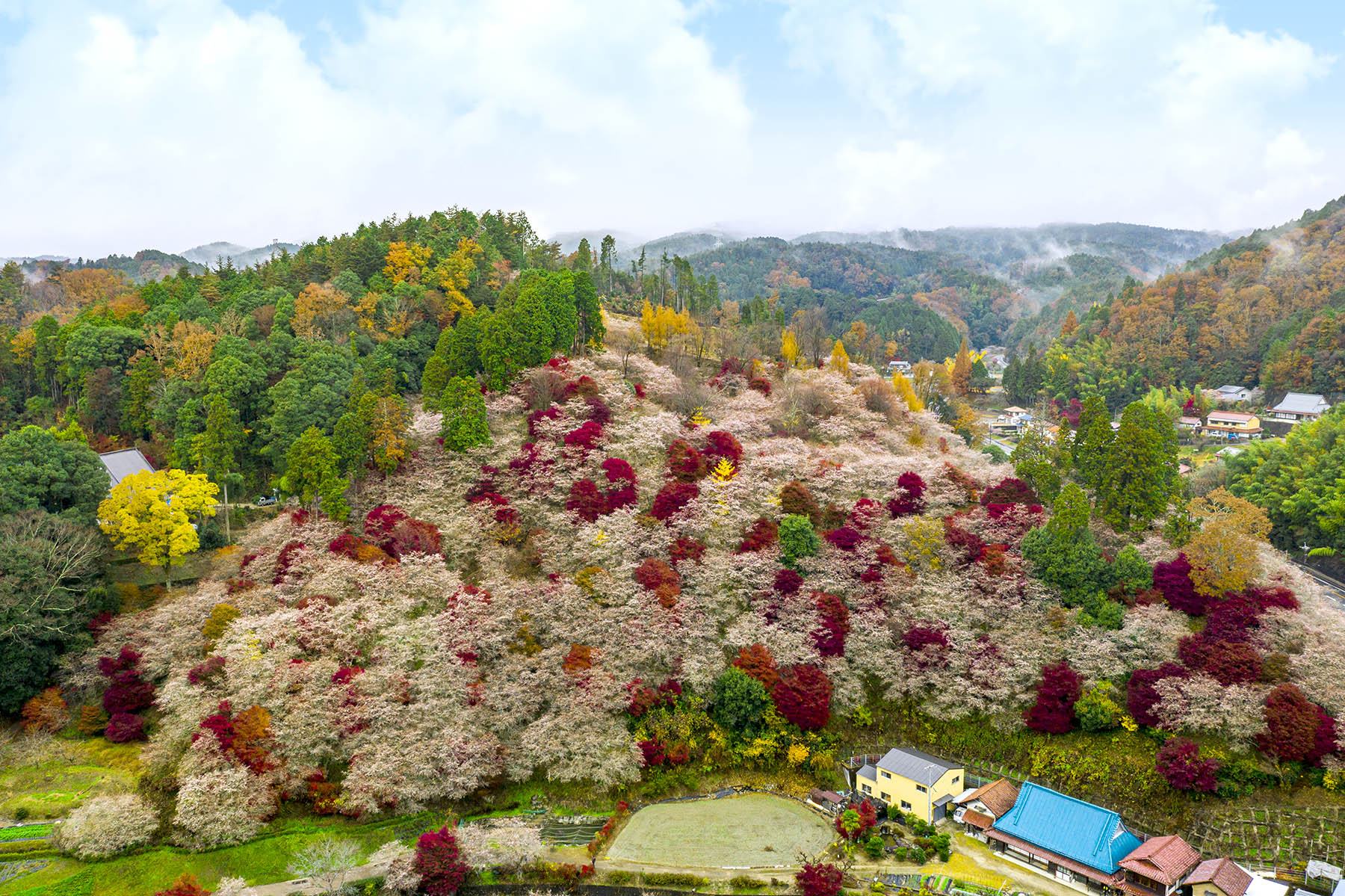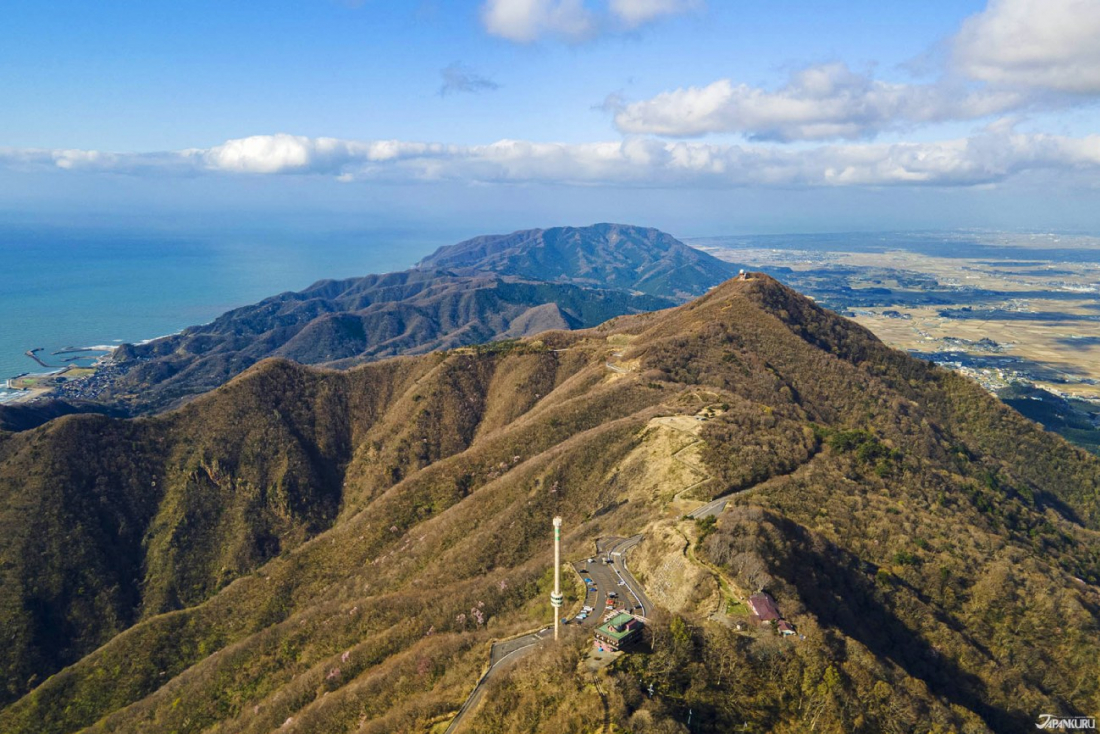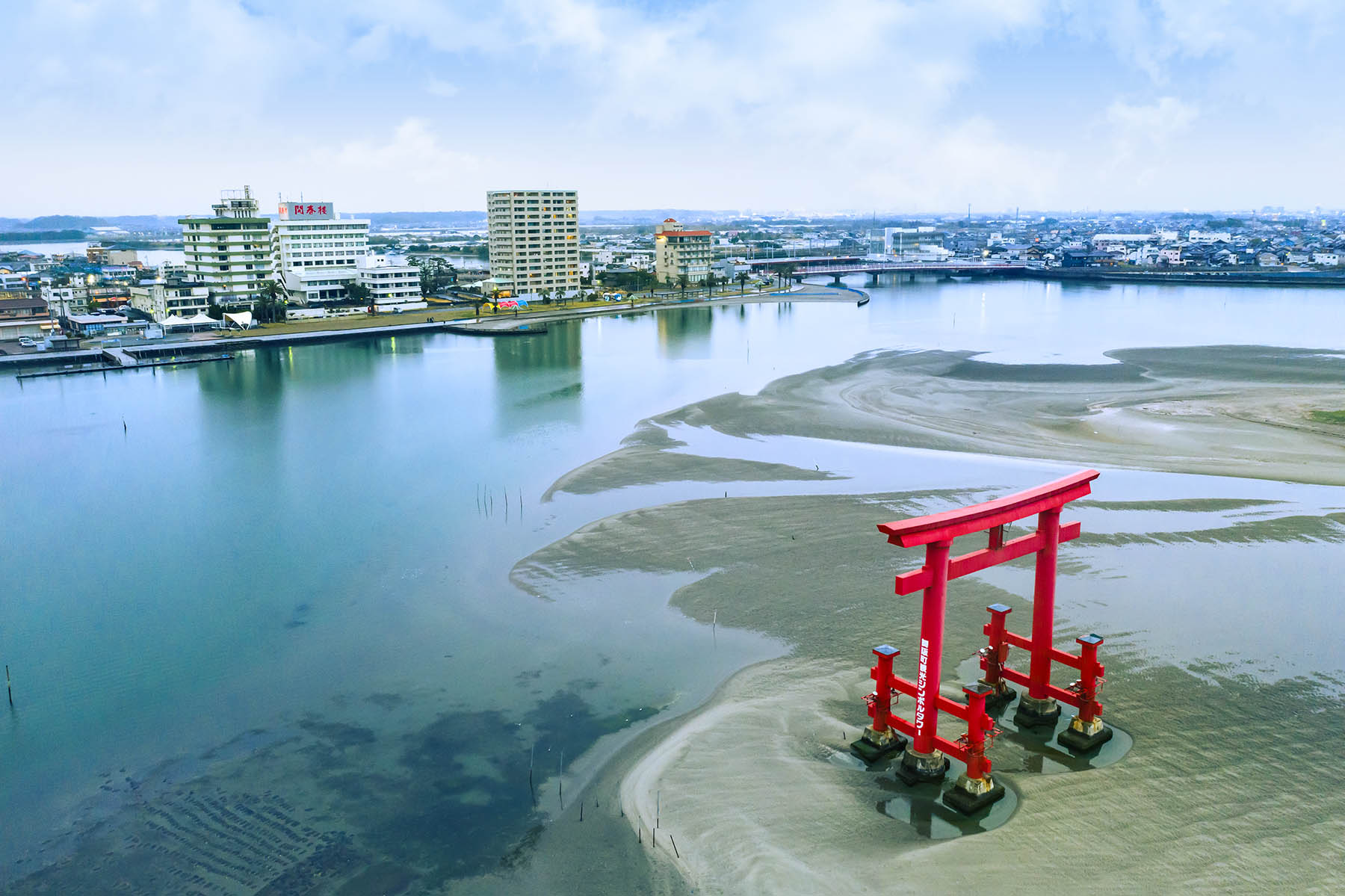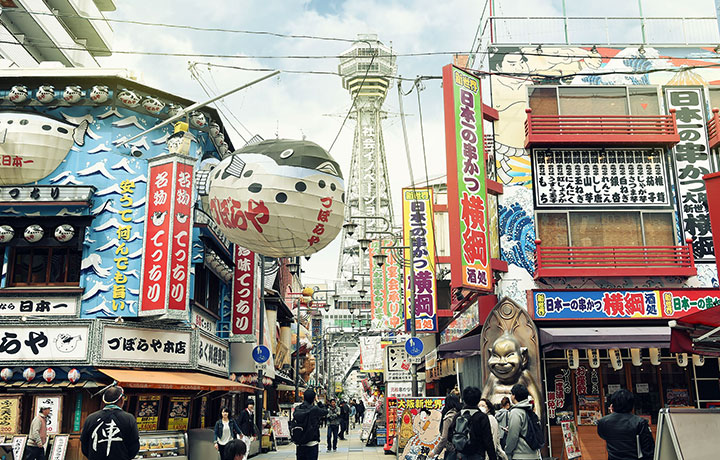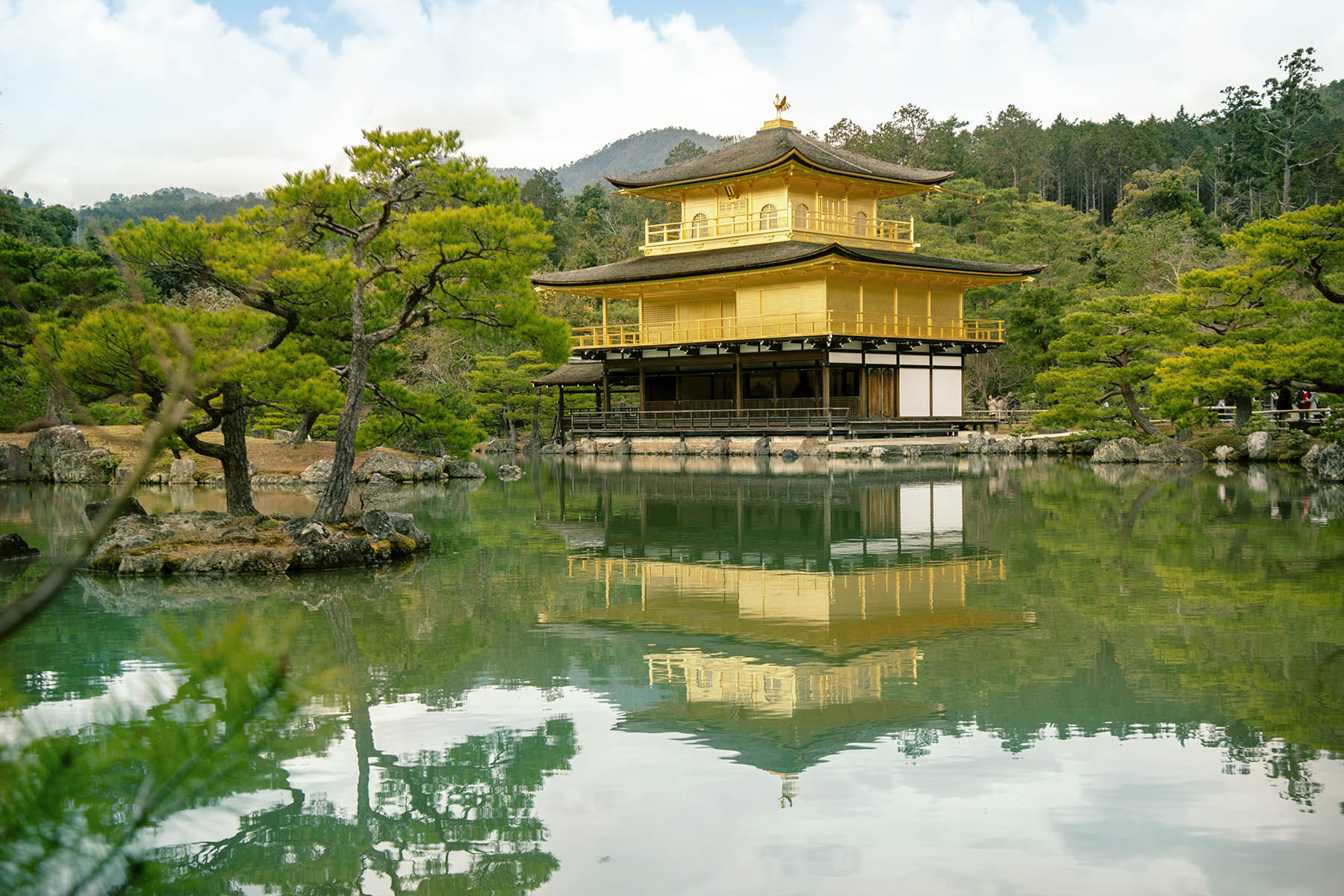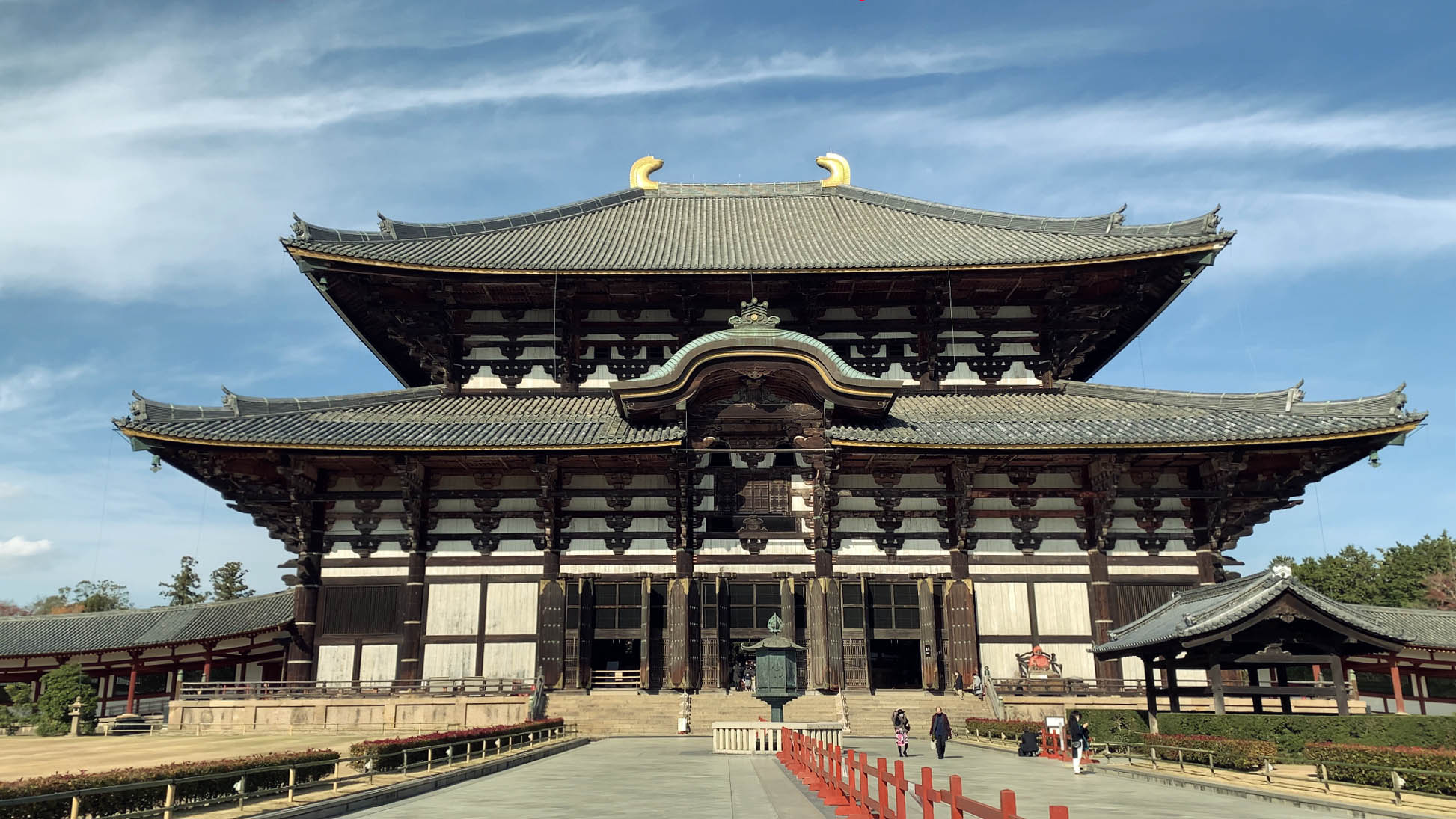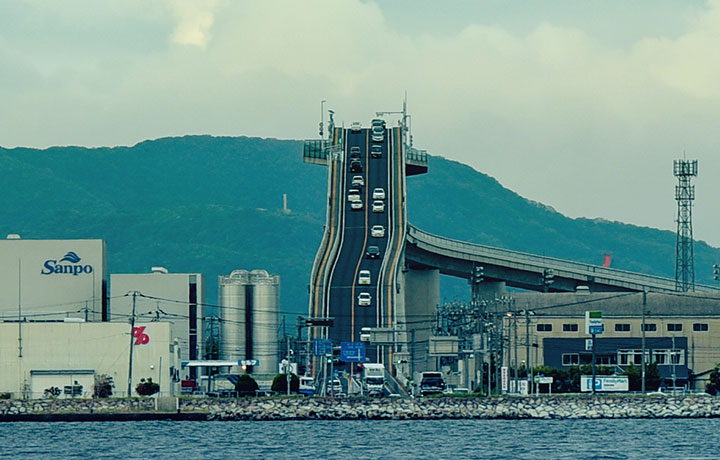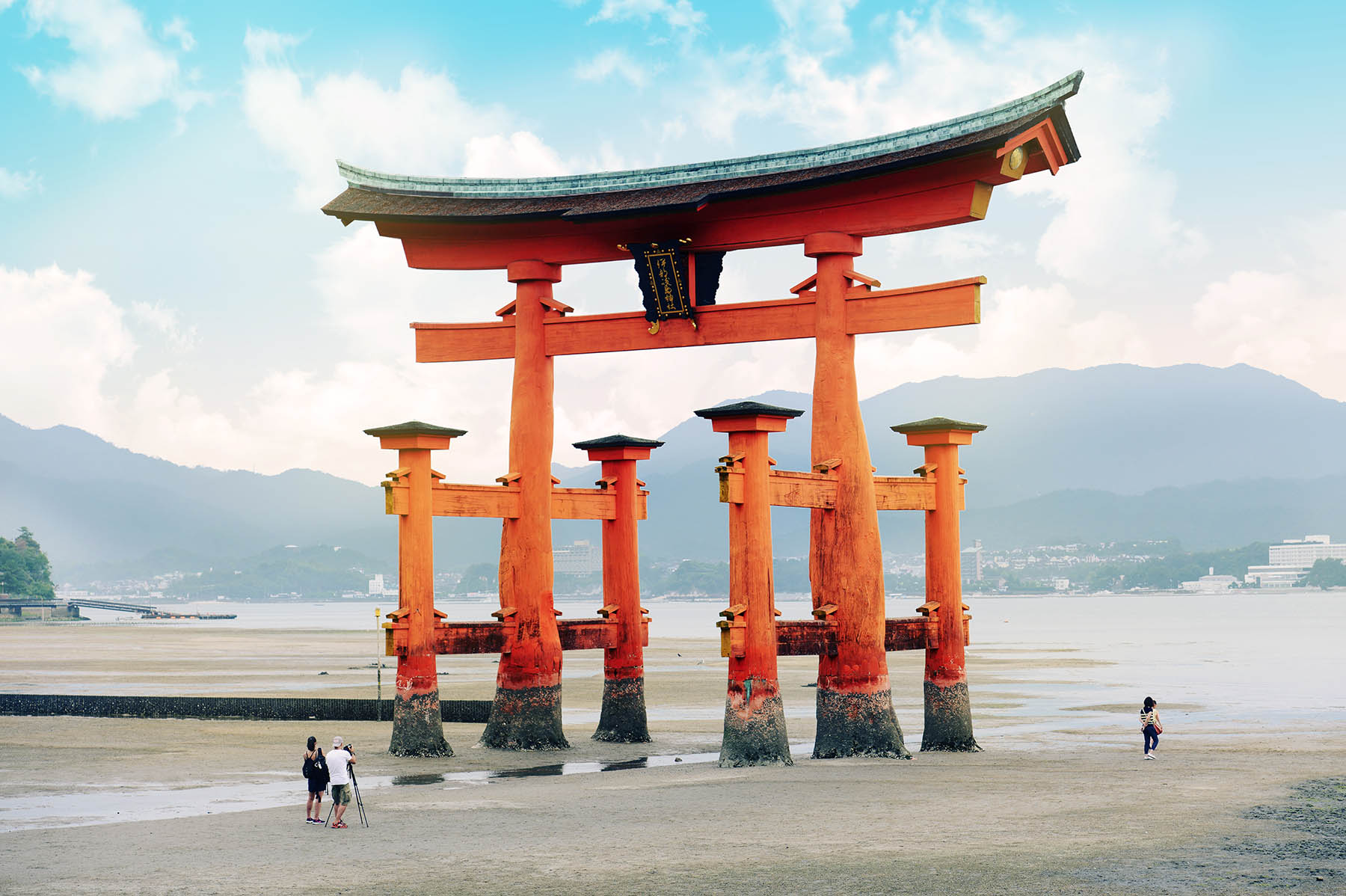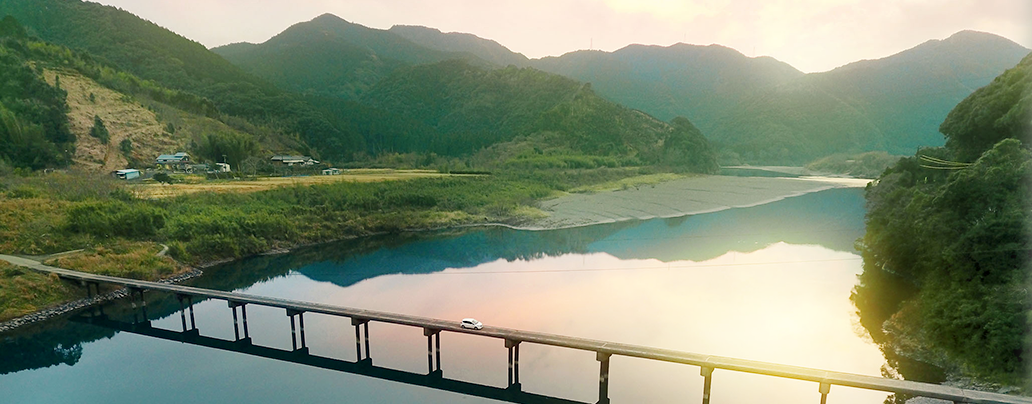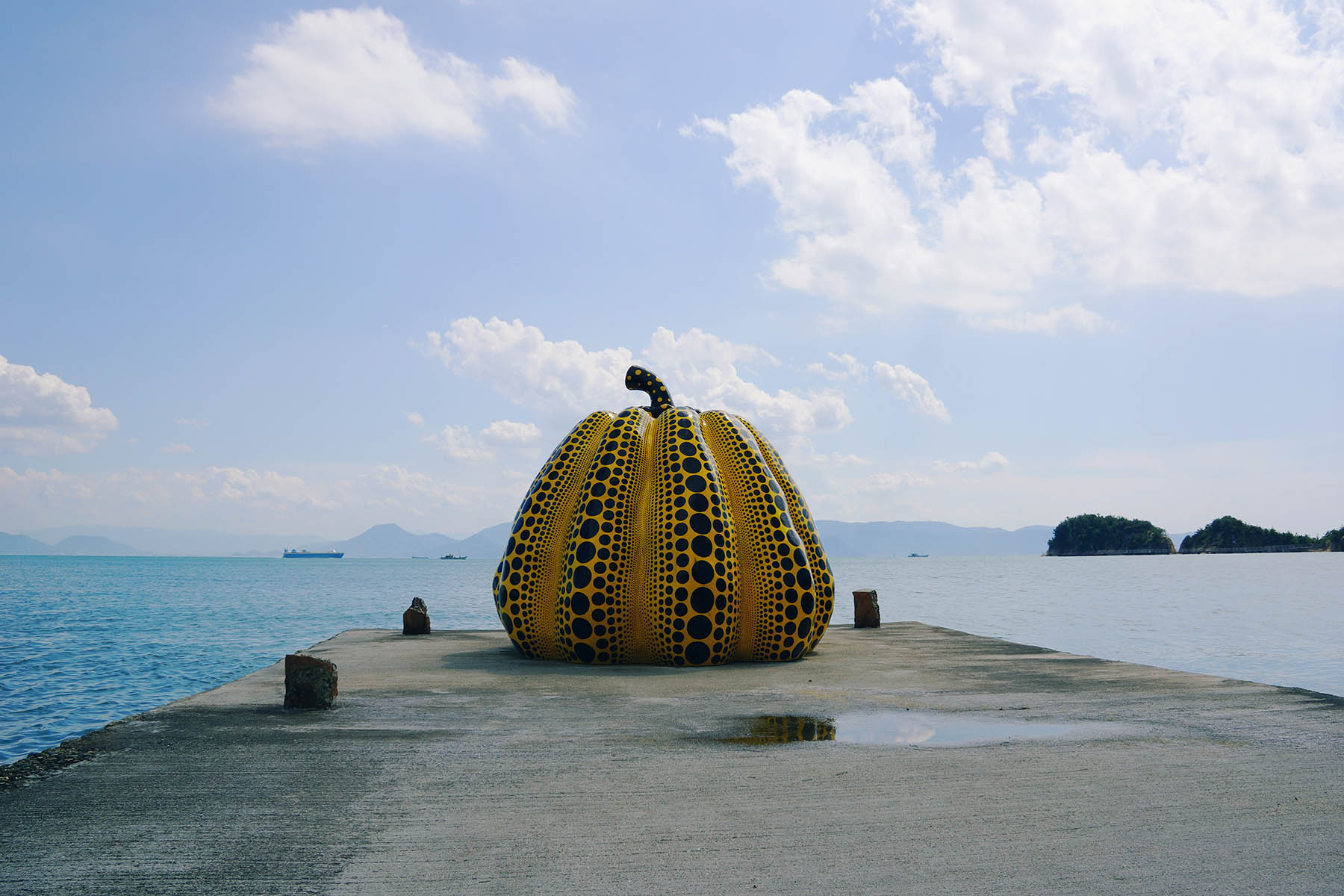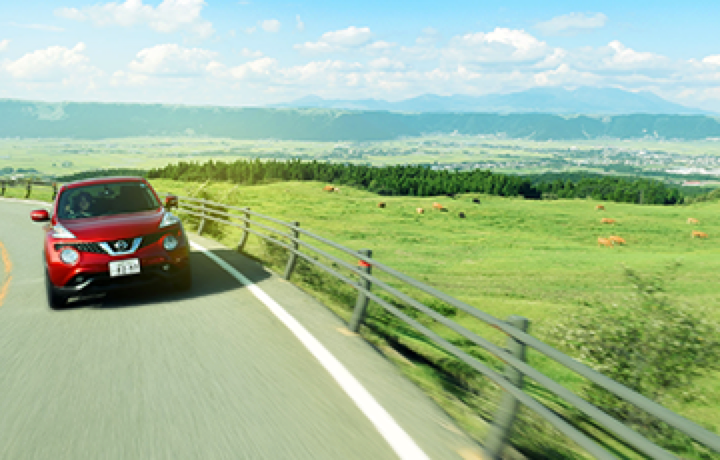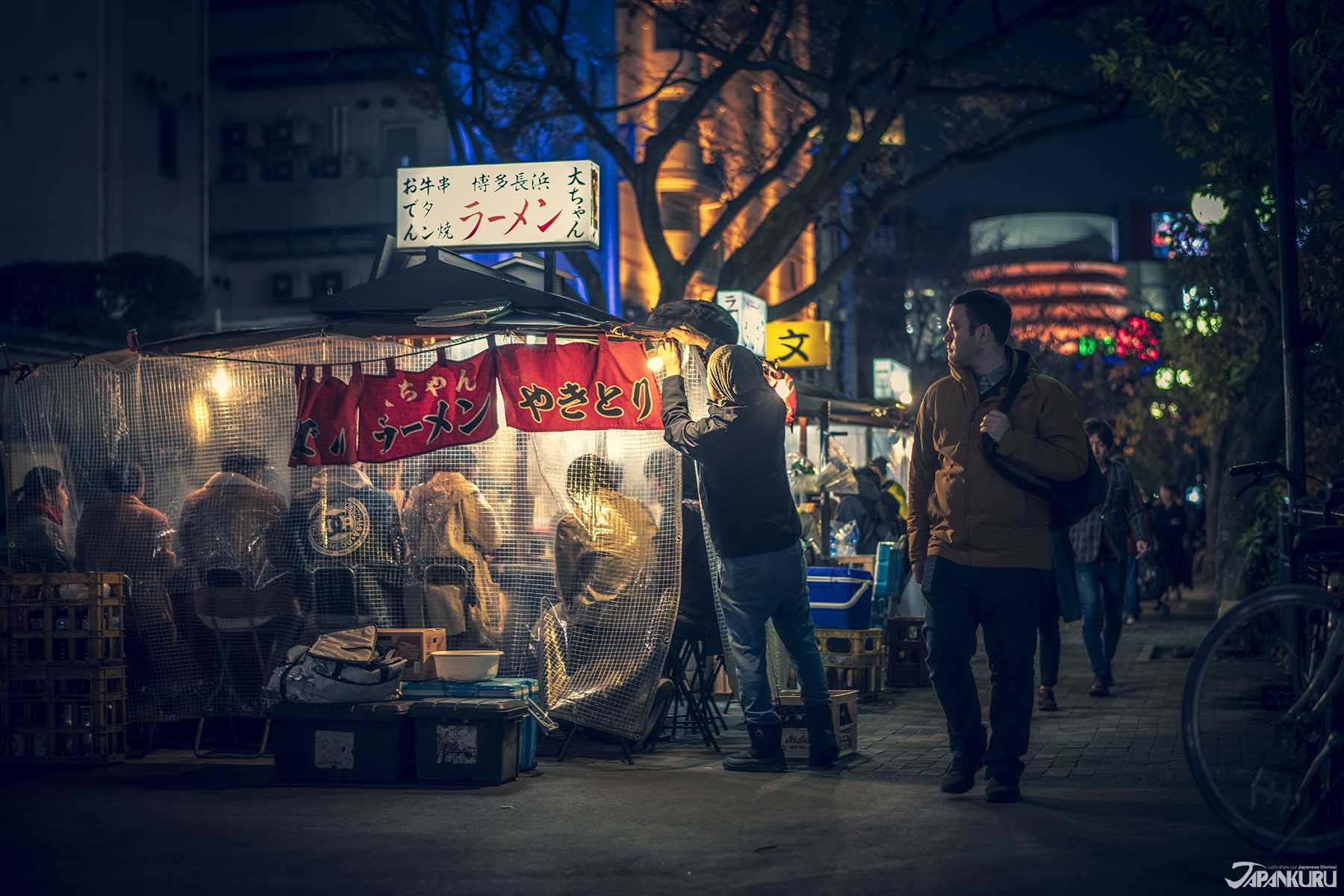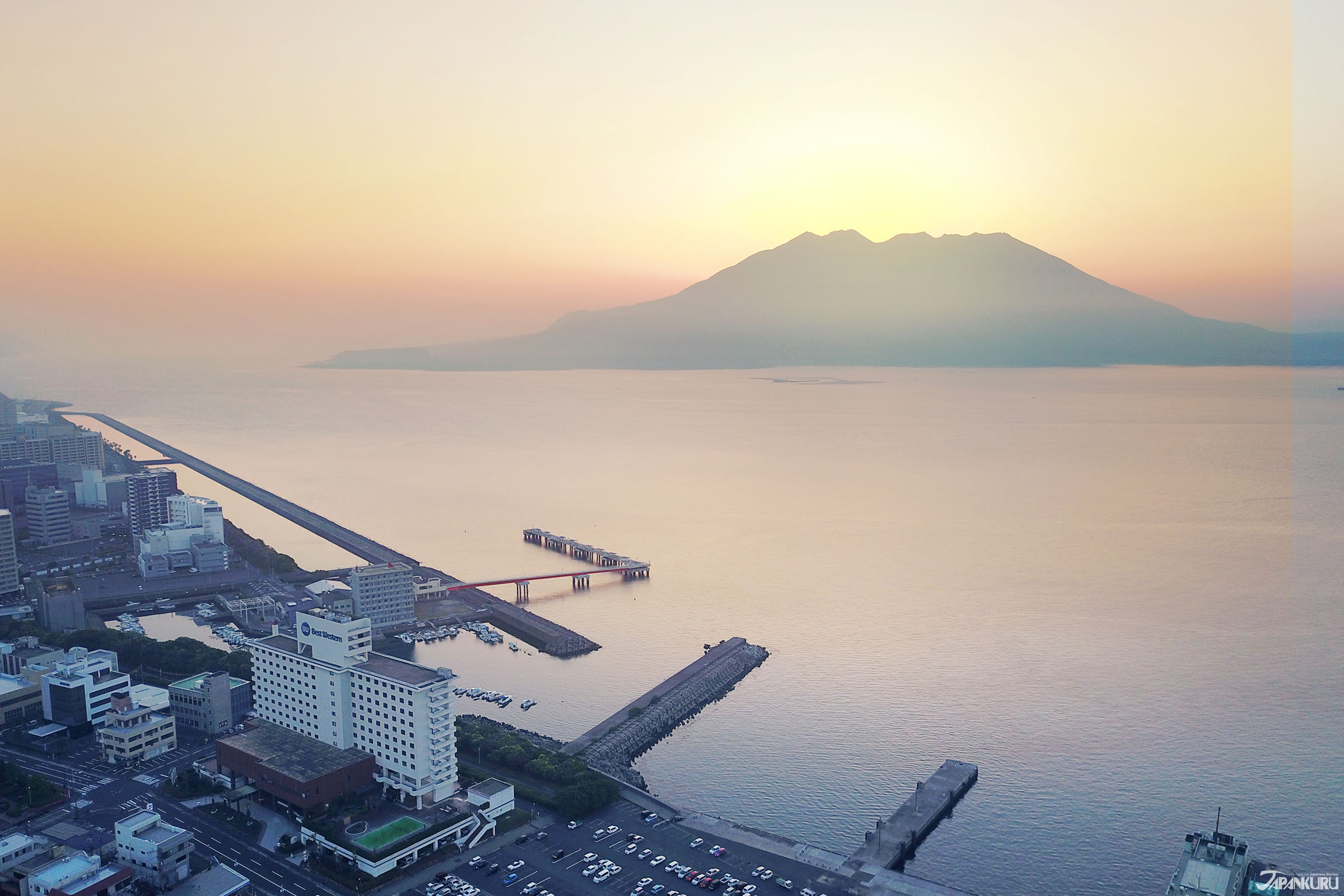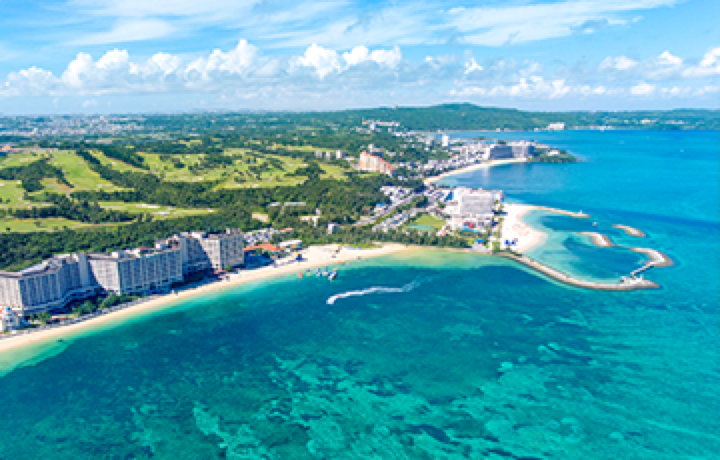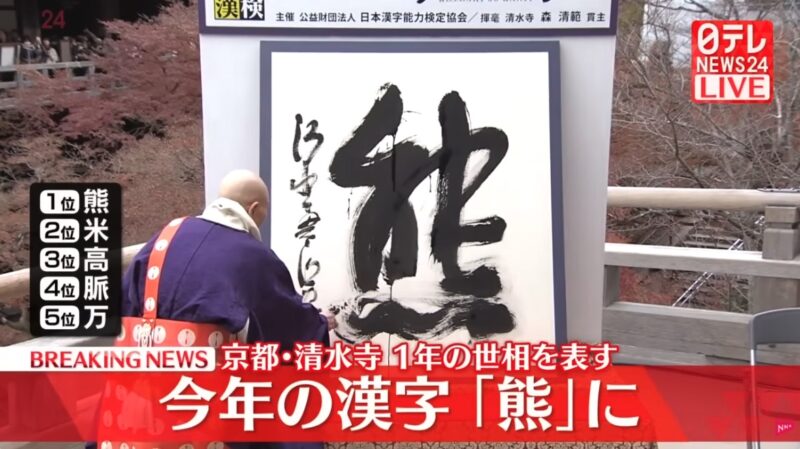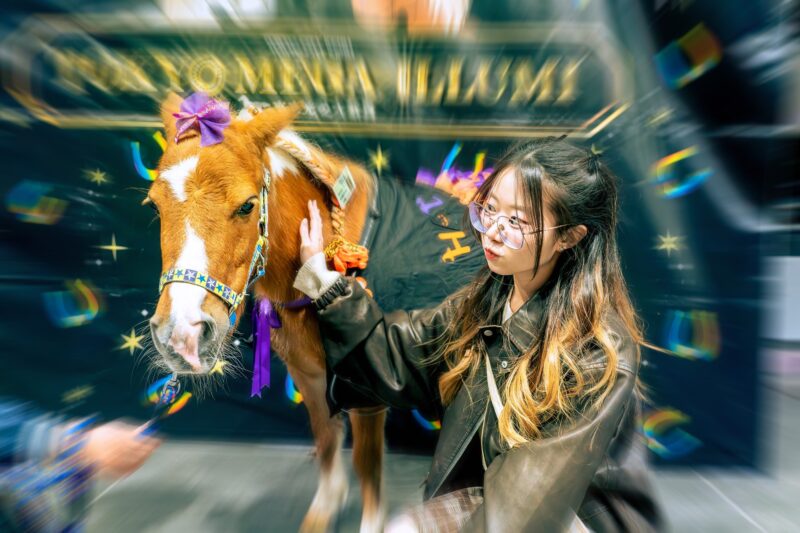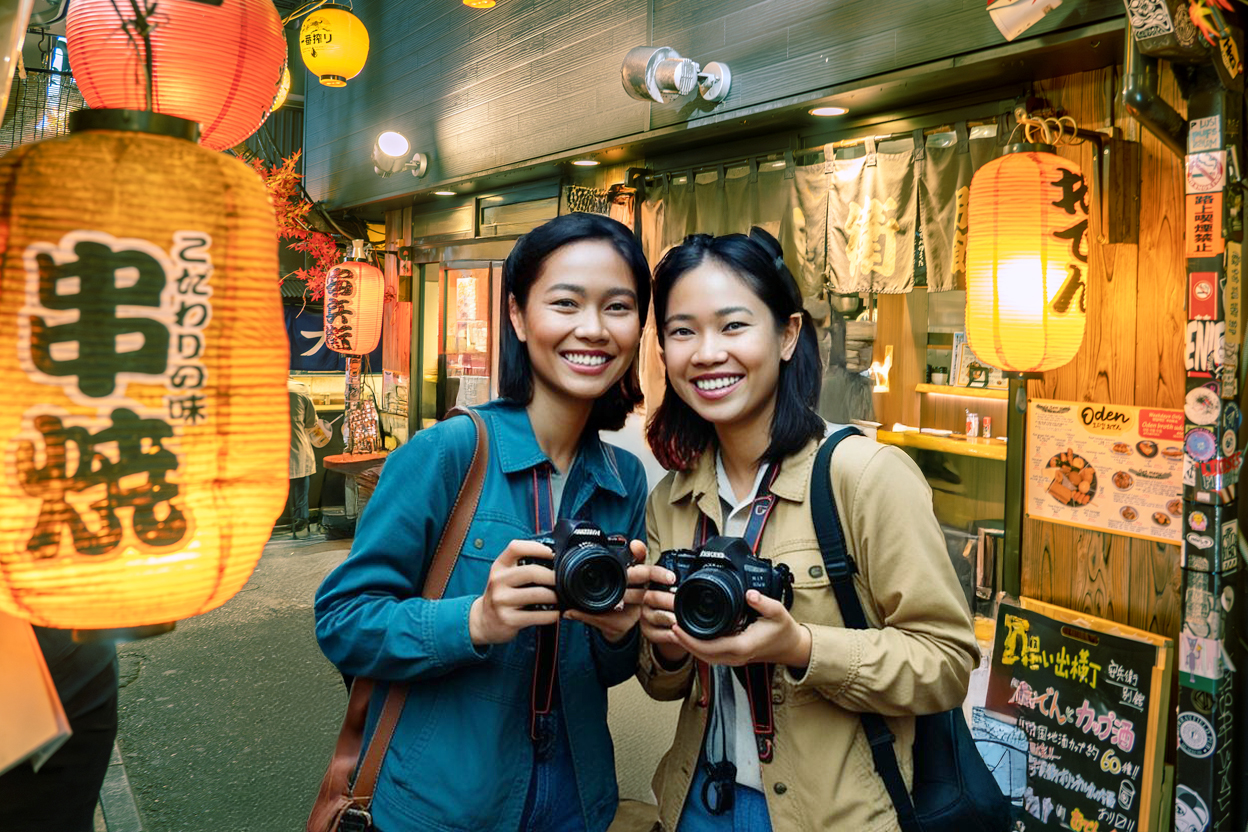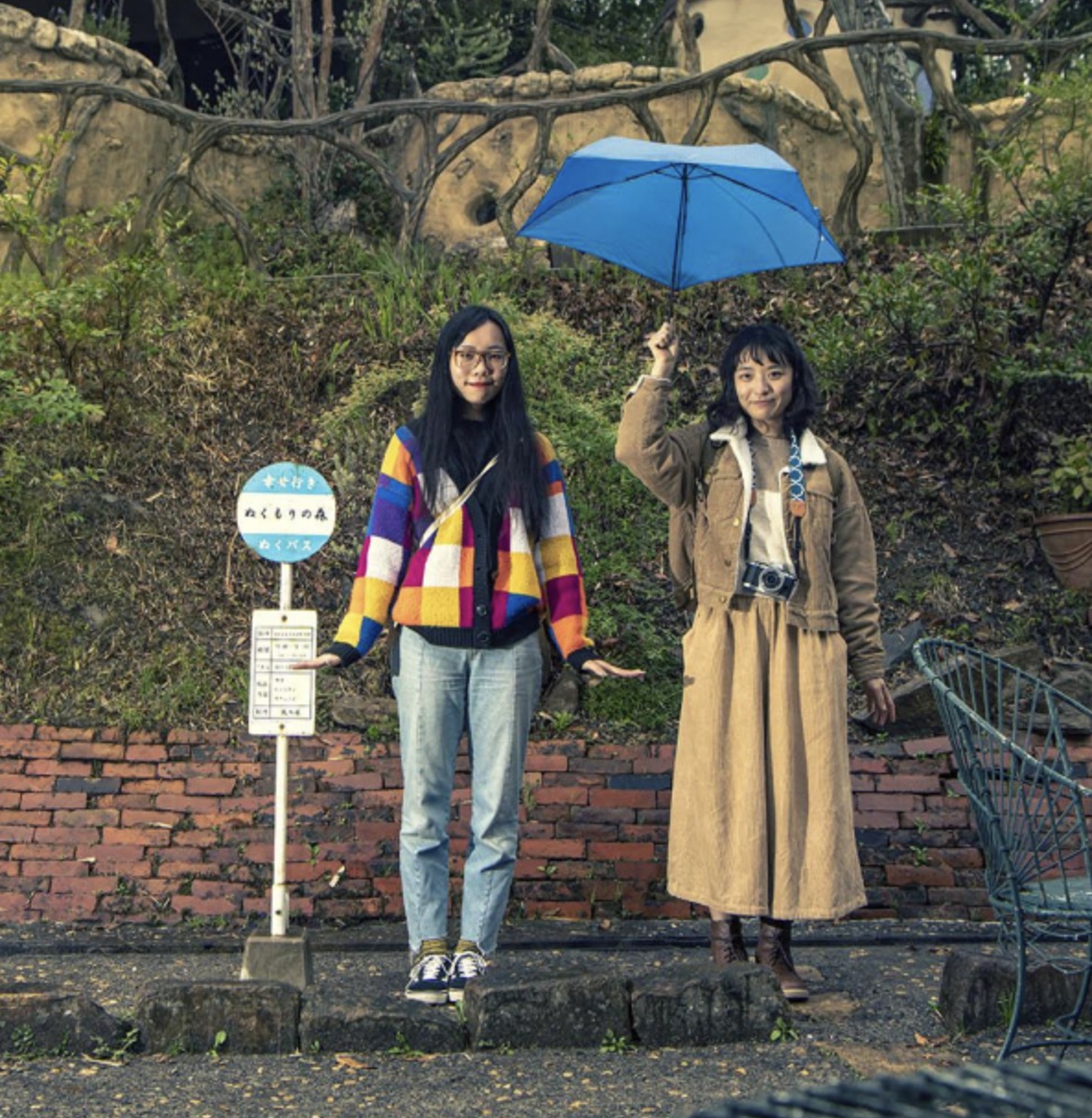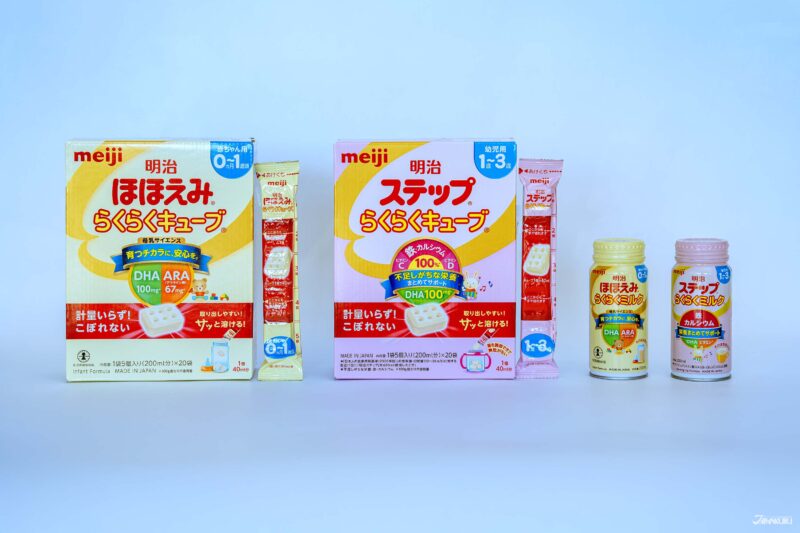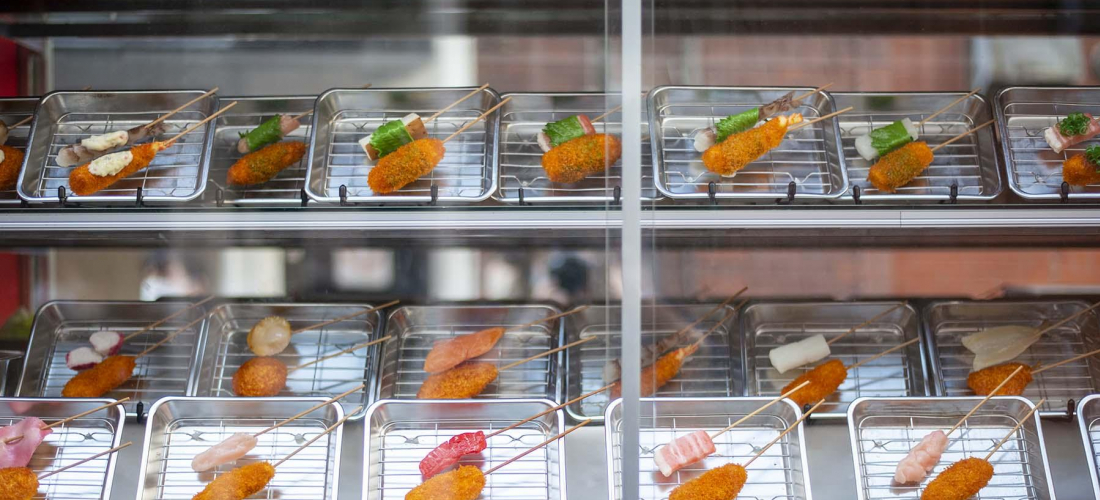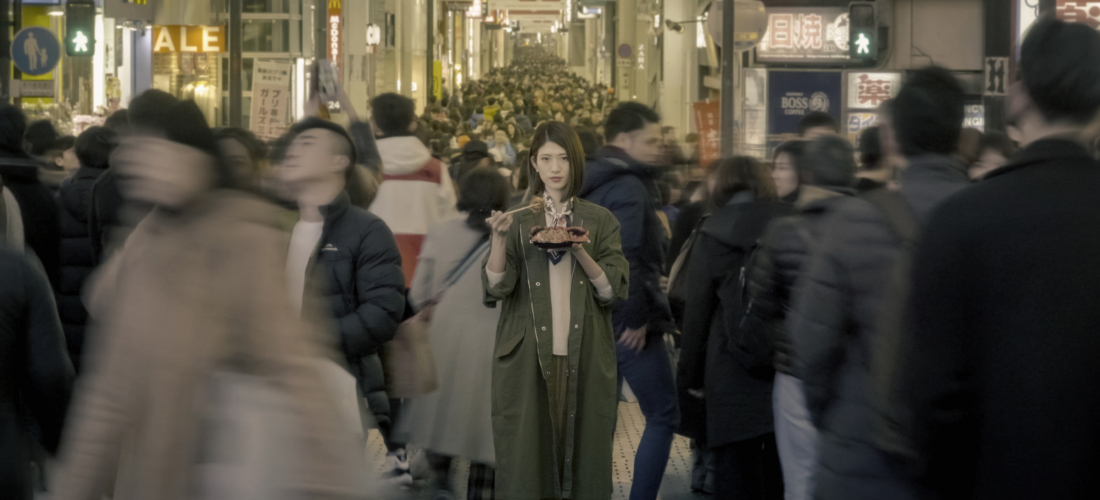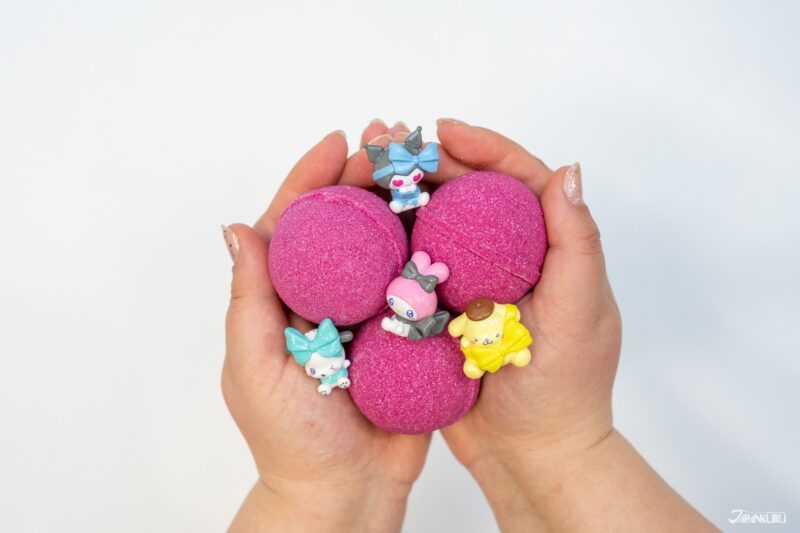
Make Bath Time Better with Japan’s Best Bath Bombs & Your Favorite Japanese Characters!
This article contains sponsored content.
The perfect Japanese souvenir for kids, a fun gift for anime lovers, and the ideal way to relax during a trip to Japan! Add these Bikkura Bath Bombs to the Japanese shopping list.
CONTENTS
Discover Japanese Bath Bombs

Looking for the most reliable way to make bath time fun? Japan treasures its traditional bathing culture, so it’s no surprise that some of the best bath time products in the world come from the land of the rising sun! For hundreds of years, since the historic Edo period (1603-1868), Japan has been adding fragrant herbs and floating whole yuzu fruits in their baths to add a little extra excitement to the experience. But Bandai brought the modern entertainment-focused bath bomb trend to Japan in 2002, when the Bikkura Bath Bomb first arrived on the scene. These satisfyingly fizzy bath bombs have been made in hundreds of different varieties, in countless different scents and colors, and each and every one comes with a little surprise inside! Bikkura Bath Bomb regularly partners with Japan’s most popular media franchises and character creators, from kawaii icons to the season’s hottest action anime series, to offer themed bath bombs with popular characters inside. Of course, you never know exactly which character you’ll get until you let the colorful foam dissolve away to reveal the cute toy inside! Each bath bomb will have you holding your breath in excitement!

Just one look at the official list of Bikkura Bath Bombs made us want to catch ’em all, but we have a few more reasons why we think you might want to pick up a few Bikkura Bath Bombs in Japan, too!
A Great Japanese Gift for Kids (and Kids at Heart)

Looking for the perfect souvenir? For anyone who loves Japanese anime or kawaii characters, and especially kids who love a good bubble bath, Bikkura Bath Bombs make for a fun treat from Japan. With all the different character themes, they offer endless options for changing up your bath! If you’re shopping for someone with a passion for a certain anime series, a bath bomb with one of their favorite characters can be both easy to get your hands on and affordable (about 495 yen and up, depending on the series). If you have no idea what to bring home from your trip to Japan, particularly for kids or anyone difficult to shop for, it’s hard to go wrong with the novelty of a Bikkura Bath Bomb. Japan is fond of consumable souvenirs for a reason – whether your gift recipient loves the character or not, they can at least enjoy the fun of a Japanese bath bomb experience!

Bikkura Bath Bombs are widely available in the daily toiletries or toy sections of drug stores, variety shops, supermarkets, and convenience stores around Japan. On our recent trip to Osaka’s Minami area (the southern part of the city with Namba and Shinsaibashi), we kept spotting the bath bombs in shops as we walked through the busiest sightseeing areas, so we put together a map with just a few of the many options. It’s a Bikkura Bath Bomb hotspot!

These are some of the shops selling the bath bombs – you can find the most convenient one for you by checking this Google map!
Fun Family Relaxation in Japan: Bath Time the Japanese Way

In Japan, a hot bath is the way to relax and decompress, which is why you’ll find public bathhouses in every neighborhood and resorts clustered around every hot spring. But a nice bath doesn’t have to mean traveling far into the Japanese countryside to search for a tiny mountain onsen resort. Whether you’re staying in an economical “business hotel” or upscale accommodations, Japanese hotel rooms almost always come equipped with a nice bathtub, and we think it’s not really a trip to Japan if you don’t take a nice bath. So jazz things up with a bath bomb or two!


Bath time is often family time in Japanese homes, especially for families with young kids, which might be why bath bombs are so conveniently available in Japan. Bikkura Bath Bombs can usually be found in a nearby shop, making it easy to pick one on the way back to your hotel. Of course, a nice bath bomb makes a pretty good excuse for a relaxing soak in the tub without all the distractions of the outside world, whether you’re traveling with family or not. Once the bath bomb melts apart, you’ll have a cute character companion to join you in the bath, too!

You’ll Want to Collect Them All!

From goshuin at shrines and temples to Gashapon capsule toys, Japan is a country of amazing collectibles – and that even extends to bath bombs. Each Bikkura Bath Bomb comes with a surprise toy inside, from a selection of about 4~10 different possibilities, and once you spot your favorite characters it can be tempting to bring home an armful of bath bombs to try for the whole set. Since we love all things “kawaii,” the Japankuru team fell head over heels for one of the cutest varieties (the “Bikkura Bath Bomb Sanrio Characters Gyuttoshite Ribbon”), and we had to try a few of them out.



As soon as the bath bomb hit the hot water a wave of pink bubbles radiated across the tub, followed quickly by a waft of something sweet. Bikkura Bath Bombs come in all sorts of scents, from lavender to muscat grape, but these Sanrio ones smell like strawberry cake! The bright pink bath bomb sank into the water as it dissolved, and after a few moments of lively fizzling, a toy bobbed to the surface. The toys inside of a Bikkura Bath Bomb feel nice in your hands, and they float in the tub, and even the grown adults of the Japankuru team bickered over who would get to take which of the cute toys home. Some of us will be taking a lot of pink baths in the coming days to collect every character.
If you fall in love with Bikkura Bath Bombs during your time in Japan (like we did), but you can only fit so many of them in your suitcase when you leave, then you’ll be happy to hear that Bandai also sells their bath bombs overseas. Keep an eye out for them in other parts of Asia, or starting this year, even in the US!
For Your Shopping List in Japan, We Recommend Bath Bombs



Whether you’re a traveler seeking the perfect Japanese souvenir, a dedicated fan of Japanese anime and kawaii culture, or simply a tired soul in need of a relaxing soak, these fizzy delights promise fun for all ages. Bikkura Bath Bombs are a whimsical way to experience Japan’s cherished bathing tradition, with their vibrant colors, delightful scents, and surprise toys featuring beloved characters. Easy to find, affordable, and irresistibly collectible, they’re a small indulgence that will leave you and your favorite people back home smiling long after the bubbles fade. Bring a touch of Japan’s unique charm to bath time – dive into the magic of Bikkura Bath Bombs!
▶︎ Check out the official Bikkura Bath Bomb page for more information.
For more info and updates from Japan, check Japankuru for new articles, and don’t forget to follow us on X (formerly Twitter), Instagram, and Facebook!
© ’25 SANRIO CO., LTD. APPR. NO. L657152
COMMENT
FEATURED MEDIA
VIEW MORE 
A New Tokyo Animal Destination: Relax & Learn About the World’s Animals in Japan
#pr #japankuru #anitouch #anitouchtokyodome #capybara #capybaracafe #animalcafe #tokyotrip #japantrip #카피바라 #애니터치 #아이와가볼만한곳 #도쿄여행 #가족여행 #東京旅遊 #東京親子景點 #日本動物互動體驗 #水豚泡澡 #東京巨蛋城 #เที่ยวญี่ปุ่น2025 #ที่เที่ยวครอบครัว #สวนสัตว์ในร่ม #TokyoDomeCity #anitouchtokyodome

Shohei Ohtani Collab Developed Products & Other Japanese Drugstore Recommendations From Kowa
#pr #japankuru
#kowa #syncronkowa #japanshopping #preworkout #postworkout #tokyoshopping #japantrip #일본쇼핑 #일본이온음료 #오타니 #오타니쇼헤이 #코와 #興和 #日本必買 #日本旅遊 #運動補充能量 #運動飲品 #ช้อปปิ้งญี่ปุ่น #เครื่องดื่มออกกำลังกาย #นักกีฬา #ผลิตภัณฑ์ญี่ปุ่น #อาหารเสริมญี่ปุ่น

도쿄 근교 당일치기 여행 추천! 작은 에도라 불리는 ‘가와고에’
세이부 ‘가와고에 패스(디지털)’ 하나면 편리하게 이동 + 가성비까지 완벽하게! 필름카메라 감성 가득한 레트로 거리 길거리 먹방부터 귀여움 끝판왕 핫플&포토 스폿까지 총집합!
Looking for day trips from Tokyo? Try Kawagoe, AKA Little Edo!
Use the SEIBU KAWAGOE PASS (Digital) for easy, affordable transportation!
Check out the historic streets of Kawagoe for some great street food and plenty of picturesque retro photo ops.
#pr #japankuru #도쿄근교여행 #가와고에 #가와고에패스 #세이부패스 #기모노체험 #가와고에여행 #도쿄여행코스 #도쿄근교당일치기 #세이부가와고에패스
#tokyotrip #kawagoe #tokyodaytrip #seibukawagoepass #kimono #japantrip

Hirakata Park, Osaka: Enjoy the Classic Japanese Theme Park Experience!
#pr #japankuru #hirakatapark #amusementpark #japantrip #osakatrip #familytrip #rollercoaster #retrôvibes #枚方公園 #大阪旅遊 #關西私房景點 #日本親子旅行 #日本遊樂園 #木造雲霄飛車 #히라카타파크 #สวนสนุกฮิราคาตะพาร์ค

🍵Love Matcha? Upgrade Your Matcha Experience With Tsujiri!
・160년 전통 일본 말차 브랜드 츠지리에서 말차 덕후들이 픽한 인기템만 골라봤어요
・抹茶控的天堂!甜點、餅乾、飲品一次滿足,連伴手禮都幫你列好清單了
・ส่องมัทฉะสุดฮิต พร้อมพาเที่ยวร้านดังในอุจิ เกียวโต
#pr #japankuru #matcha #matchalover #uji #kyoto #japantrip #ujimatcha #matchalatte #matchasweets #tsujiri #말차 #말차덕후 #츠지리 #교토여행 #말차라떼 #辻利抹茶 #抹茶控 #日本抹茶 #宇治 #宇治抹茶 #日本伴手禮 #抹茶拿鐵 #抹茶甜點 #มัทฉะ #ของฝากญี่ปุ่น #ชาเขียวญี่ปุ่น #ซึจิริ #เกียวโต

・What Is Nenaito? And How Does This Sleep Care Supplement Work?
・你的睡眠保健品——認識「睡眠茶氨酸錠」
・수면 케어 서플리먼트 ‘네나이토’란?
・ผลิตภัณฑ์เสริมอาหารดูแลการนอน “Nenaito(ネナイト)” คืออะไร?
#pr #japankuru #sleepcare #japanshopping #nenaito #sleepsupplement #asahi #睡眠茶氨酸錠 #睡眠保健 #朝日 #l茶胺酸 #日本藥妝 #日本必買 #일본쇼핑 #수면 #건강하자 #네나이토 #일본영양제 #อาหารเสริมญี่ปุ่น #ช้อปปิ้งญี่ปุ่น #ร้านขายยาญี่ปุ่น #ดูแลตัวเองก่อนนอน #อาซาฮิ

Japanese Drugstore Must-Buys! Essential Items from Hisamitsu® Pharmaceutical
#PR #japankuru #hisamitsu #salonpas #feitas #hisamitsupharmaceutical #japanshopping #tokyoshopping #traveltips #japanhaul #japantrip #japantravel

Whether you grew up with Dragon Ball or you just fell in love with Dragon Ball DAIMA, you'll like the newest JINS collab. Shop this limited-edition Dragon Ball accessory collection to find some of the best Dragon Ball merchandise in Japan!
>> Find out more at Japankuru.com! (link in bio)
#japankuru #dragonball #dragonballdaima #animecollab #japanshopping #jins #japaneseglasses #japantravel #animemerch #pr

This month, Japankuru teamed up with @official_korekoko to invite three influencers (originally from Thailand, China, and Taiwan) on a trip to Yokohama. Check out the article (in Chinese) on Japankuru.com for all of their travel tips and photography hints - and look forward to more cool collaborations coming soon!
【橫濱夜散策 x 教你怎麼拍出網美照 📸✨】
每次來日本玩,是不是都會先找旅日網紅的推薦清單?
這次,我們邀請擁有日本豐富旅遊經驗的🇹🇭泰國、🇨🇳中國、🇹🇼台灣網紅,帶你走進夜晚的橫濱!從玩樂路線到拍照技巧,教你怎麼拍出最美的夜景照。那些熟悉的景點,換個視角說不定會有新發現~快跟他們一起出發吧!
#japankuru #橫濱紅磚倉庫 #汽車道 #中華街 #yokohama #japankuru #橫濱紅磚倉庫 #汽車道 #中華街 #yokohama #yokohamaredbrickwarehouse #yokohamachinatown

If you’re a fan of Vivienne Westwood's Japanese designs, and you’re looking forward to shopping in Harajuku this summer, we’ve got important news for you. Vivienne Westwood RED LABEL Laforet Harajuku is now closed for renovations - but the grand reopening is scheduled for July!
>> Find out more at Japankuru.com! (link in bio)
#japankuru #viviennewestwood #harajuku #omotesando #viviennewestwoodredlabel #viviennewestwoodjapan #비비안웨스트우드 #오모테산도 #하라주쿠 #日本購物 #薇薇安魏斯伍德 #日本時尚 #原宿 #表參道 #japantrip #japanshopping #pr

Ready to see TeamLab in Kyoto!? At TeamLab Biovortex Kyoto, the collective is taking their acclaimed immersive art and bringing it to Japan's ancient capital. We can't wait to see it for ourselves this autumn!
>> Find out more at Japankuru.com! (link in bio)
#japankuru #teamlab #teamlabbiovortex #kyoto #kyototrip #japantravel #artnews
Photos courtesy of teamLab, Exhibition view of teamLab Biovortex Kyoto, 2025, Kyoto ® teamLab, courtesy Pace Gallery

Japanese Makeup Shopping • A Trip to Kamakura & Enoshima With Canmake’s Cool-Toned Summer Makeup
#pr #canmake #enoshima #enoden #에노시마 #캔메이크 #japanesemakeup #japanesecosmetics

⚔️The Robot Restaurant is gone, but the Samurai Restaurant is here to take its place. Check it out, and don't forget your coupon!
🍣신주쿠의 명소 로봇 레스토랑이 사무라이 레스토랑으로 부활! 절찬 쿠폰 발급중
💃18歲以上才能入場的歌舞秀,和你想的不一樣!拿好優惠券去看看~
#tokyo #shinjuku #samurairestaurant #robotrestaurant #tokyotrip #도쿄여행 #신주쿠 #사무라이레스토랑 #이색체험 #할인이벤트 #歌舞伎町 #東京景點 #武士餐廳 #日本表演 #日本文化體驗 #japankuru #japantrip #japantravel #japanlovers #japan_of_insta

Japanese appliance & electronics shopping with our KOJIMA x BicCamera coupon!
用JAPANKURU的KOJIMA x BicCamera優惠券買這些正好❤️
코지마 x 빅 카메라 쿠폰으로 일본 가전 제품 쇼핑하기
#pr #japankuru #japanshopping #kojima #biccamera #japaneseskincare #yaman #dji #osmopocket3 #skincaredevice #日本購物 #美容儀 #相機 #雅萌 #日本家電 #일본여행 #면세 #여행꿀팁 #일본쇼핑리스트 #쿠폰 #일본쇼핑 #일본브랜드 #할인 #코지마 #빅카메라 #japankurucoupon
MAP OF JAPAN
SEARCH BY REGION

LATEST
VIEW MOREEVENT CALENDAR
VIEW MORE